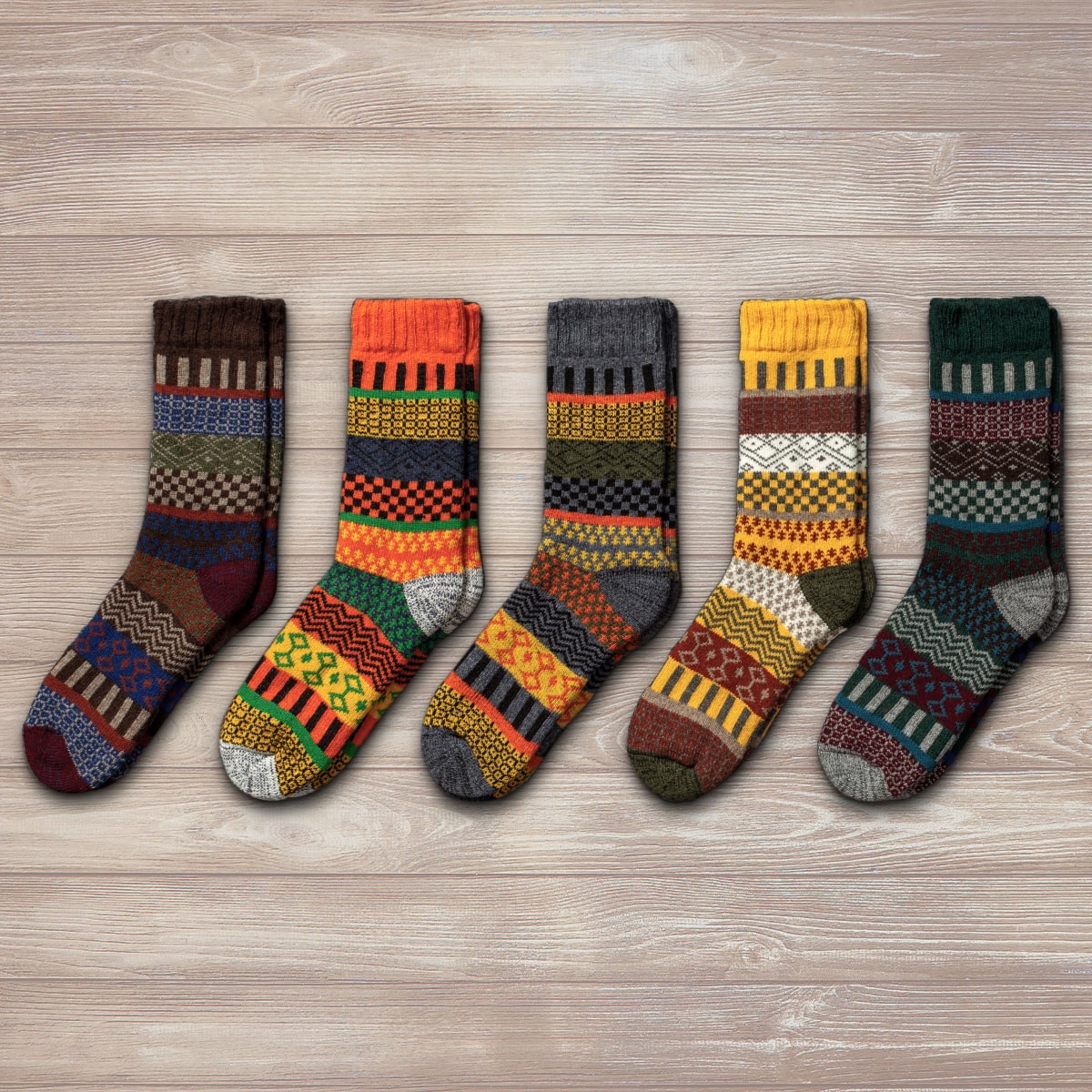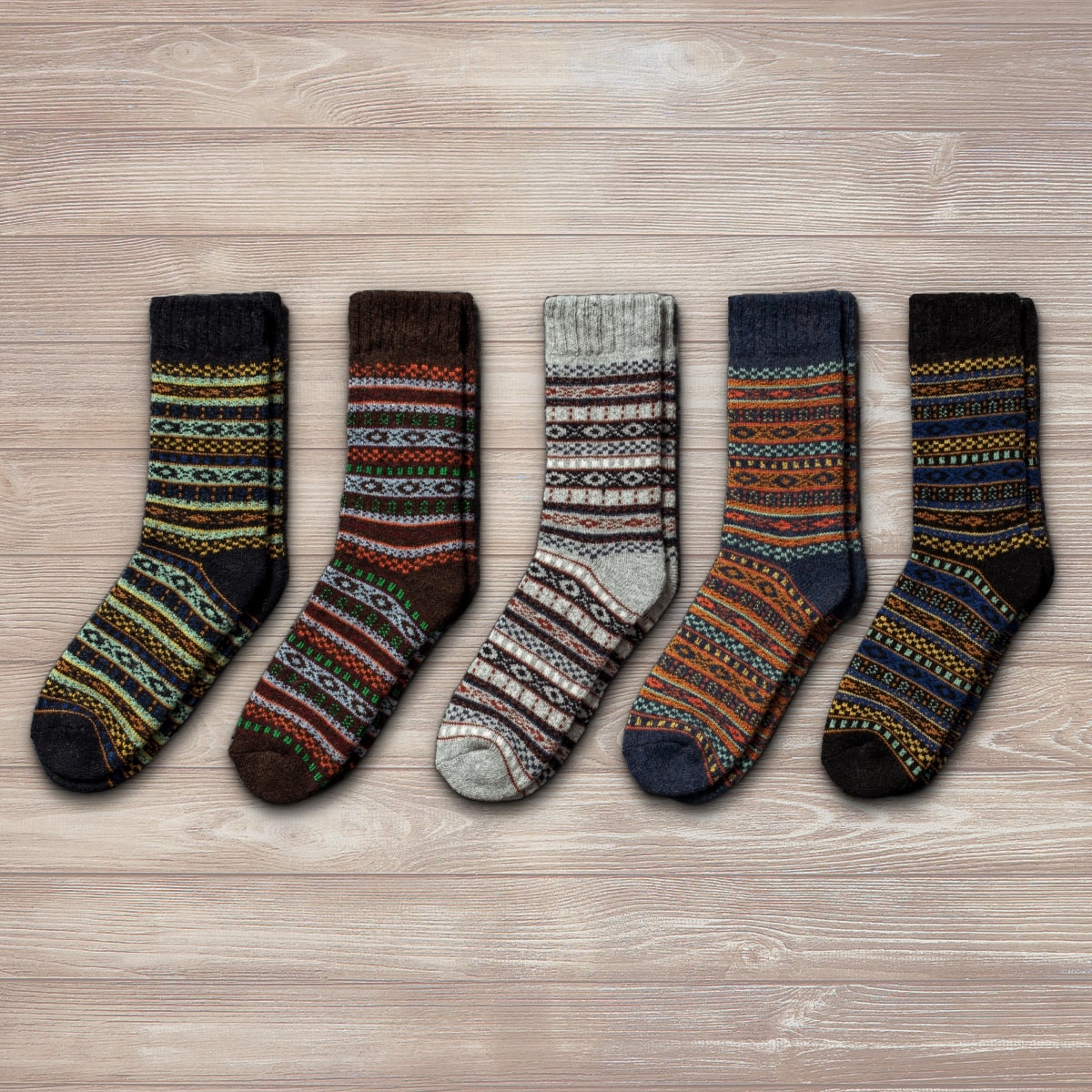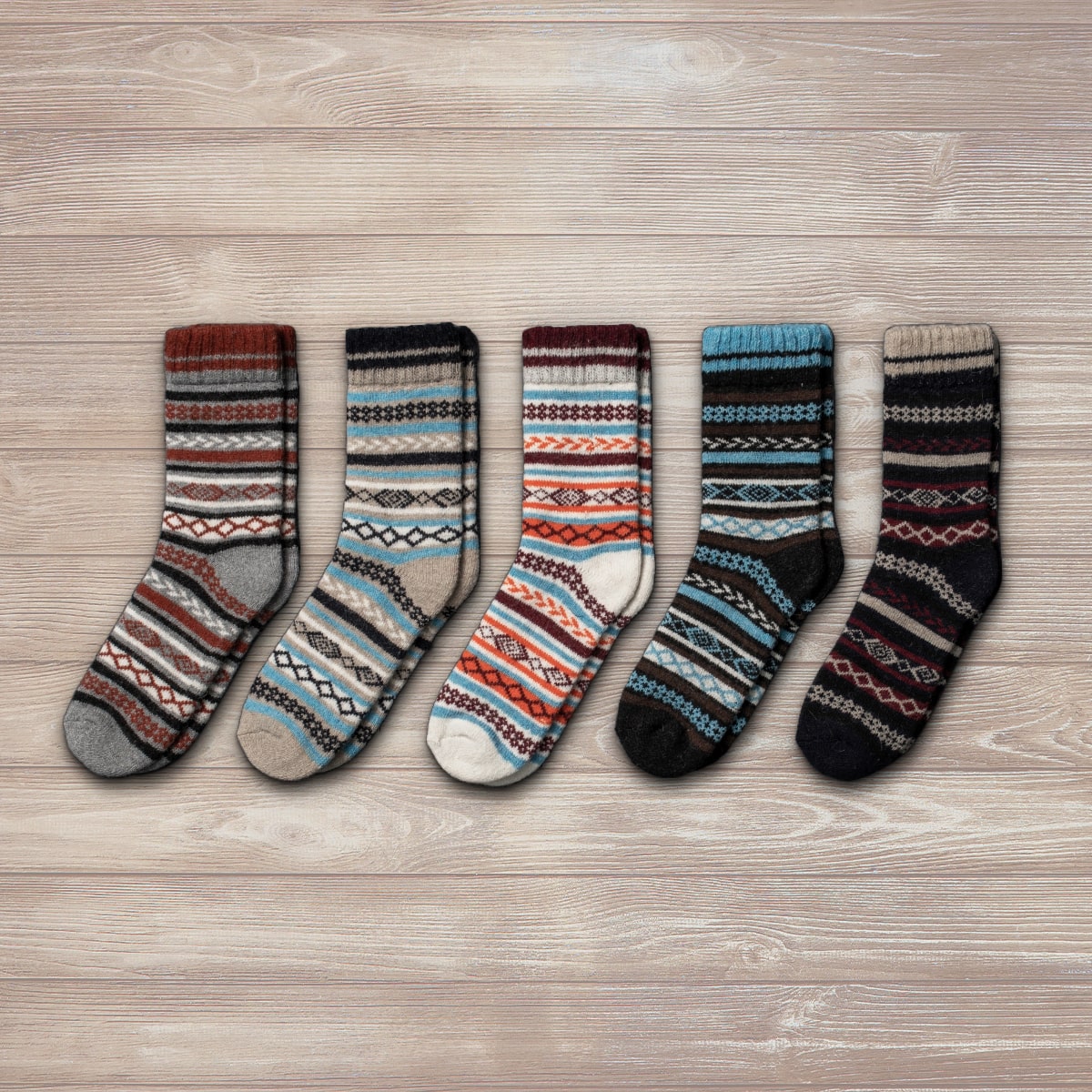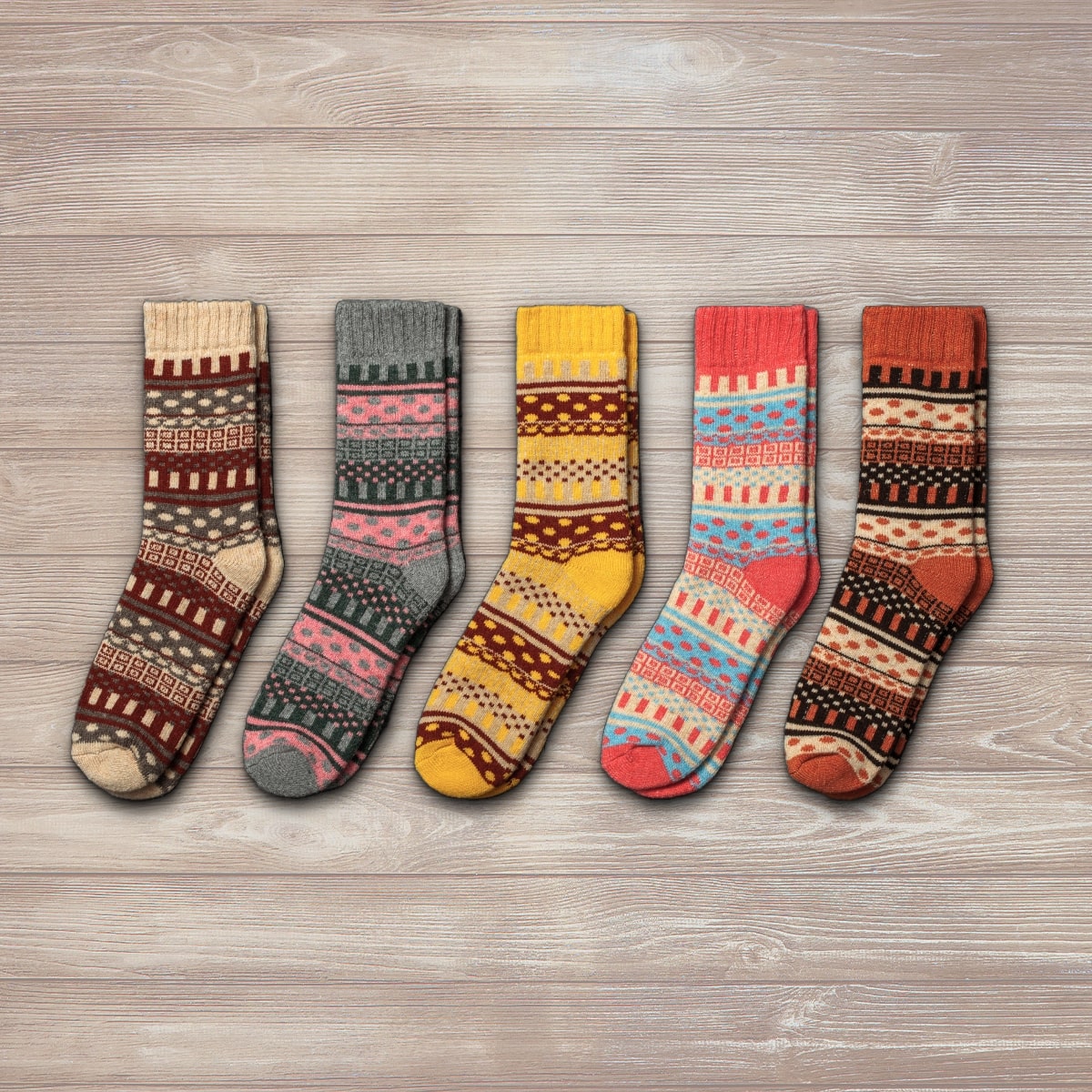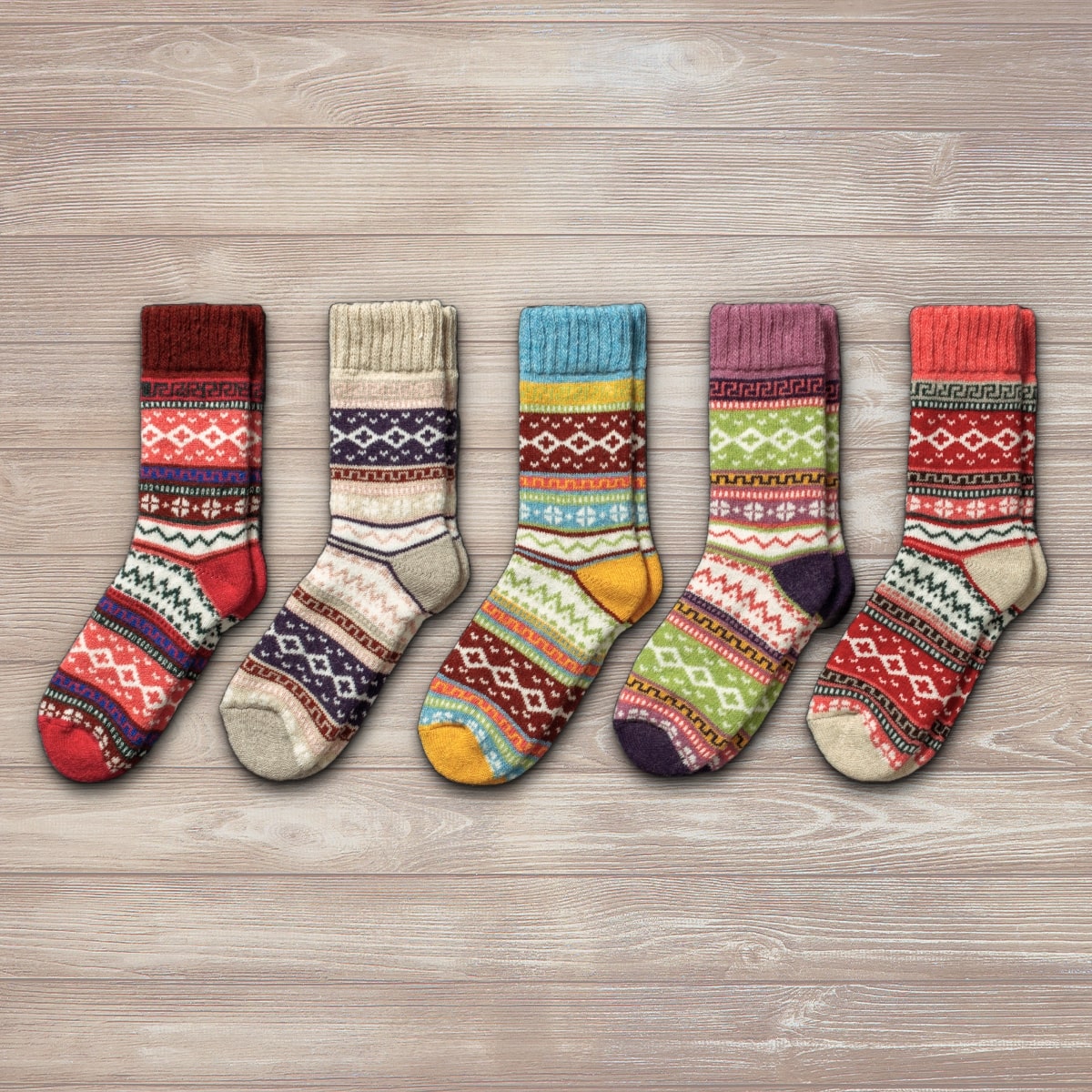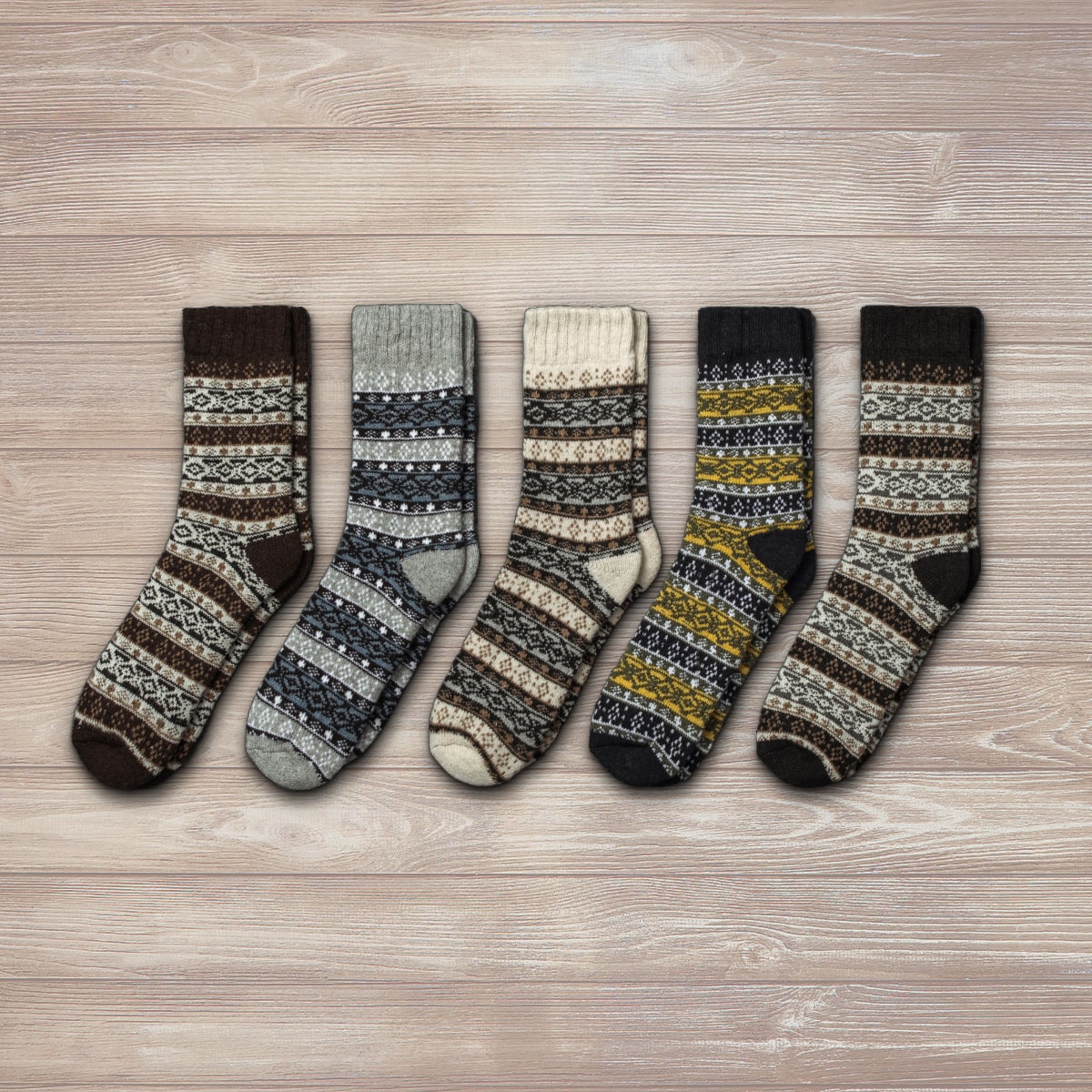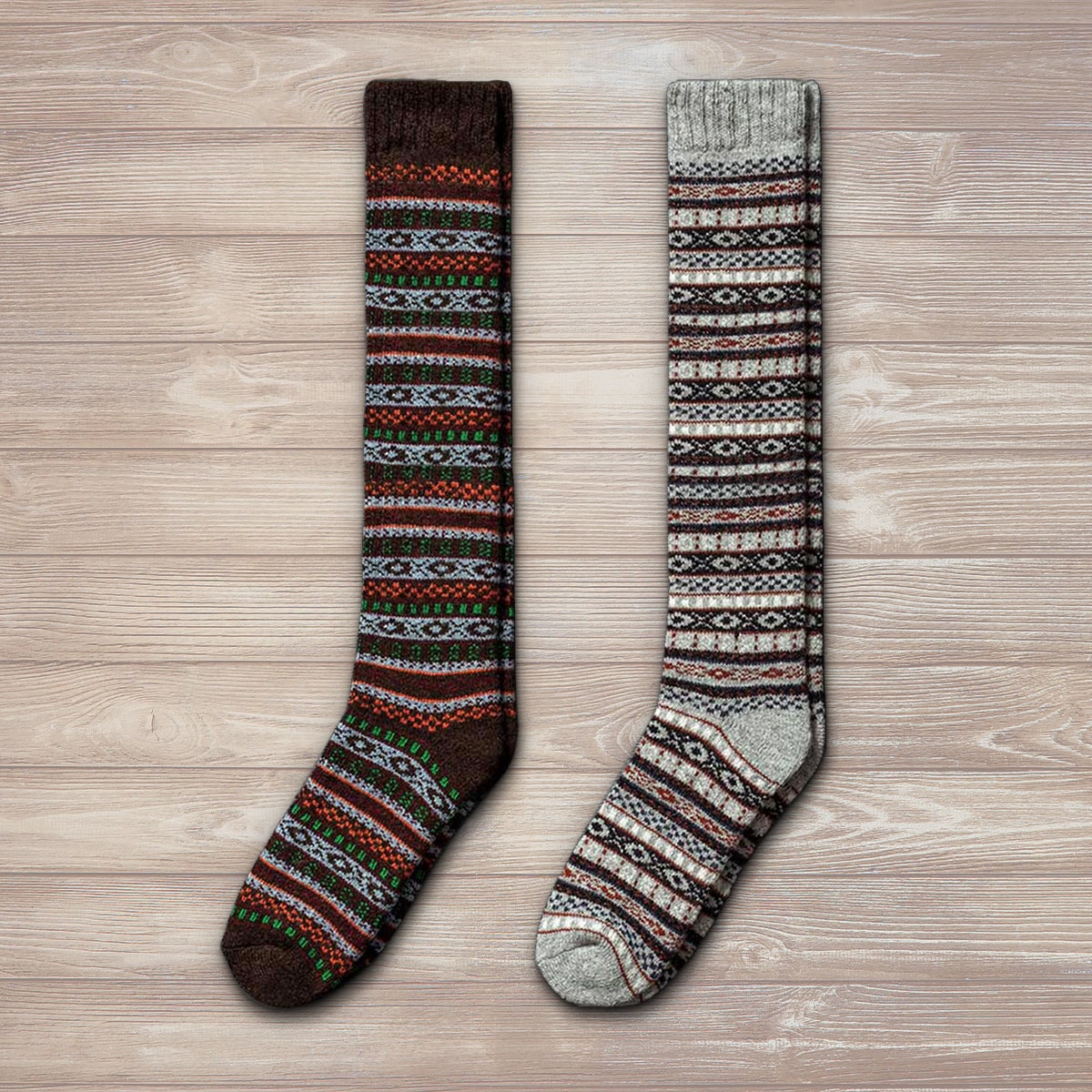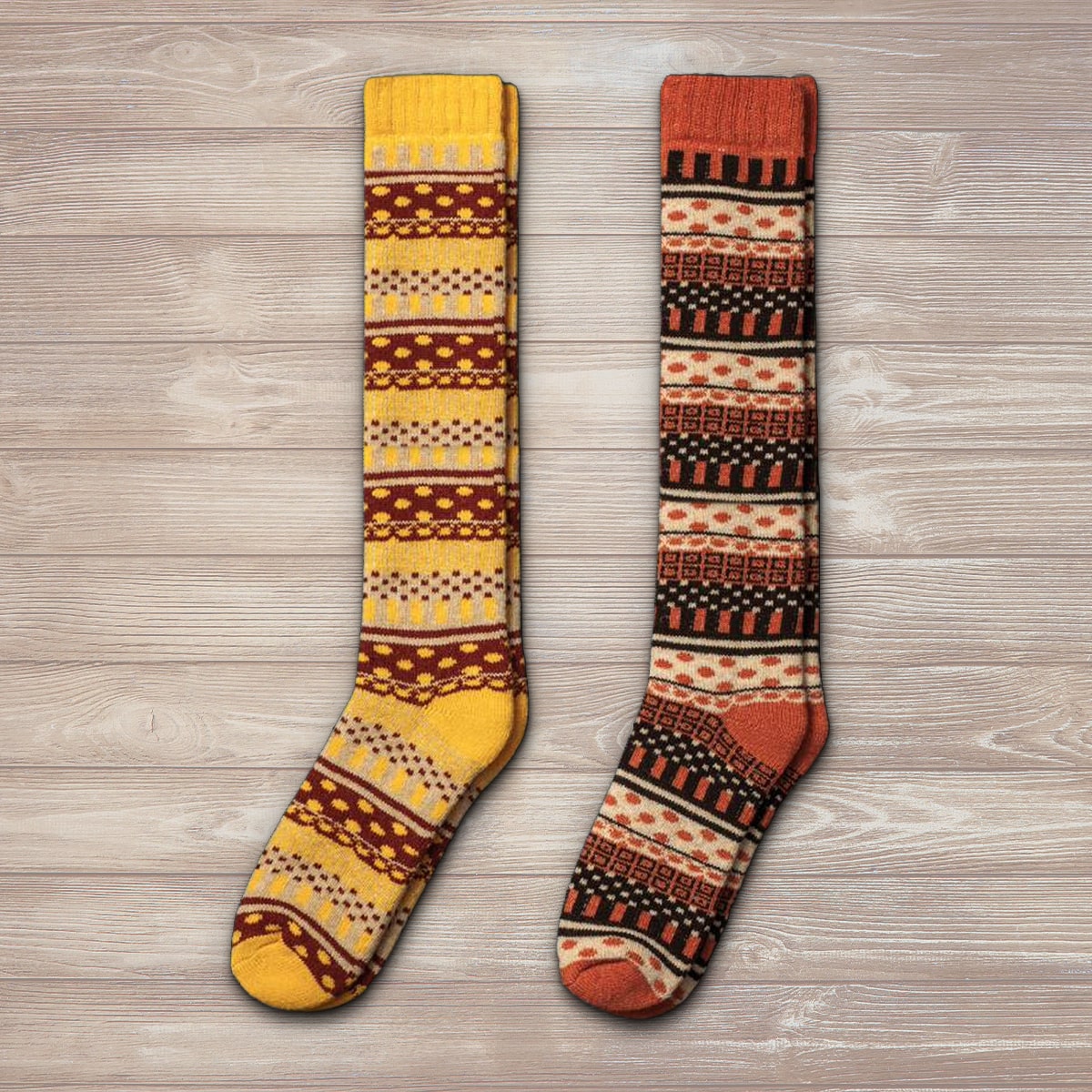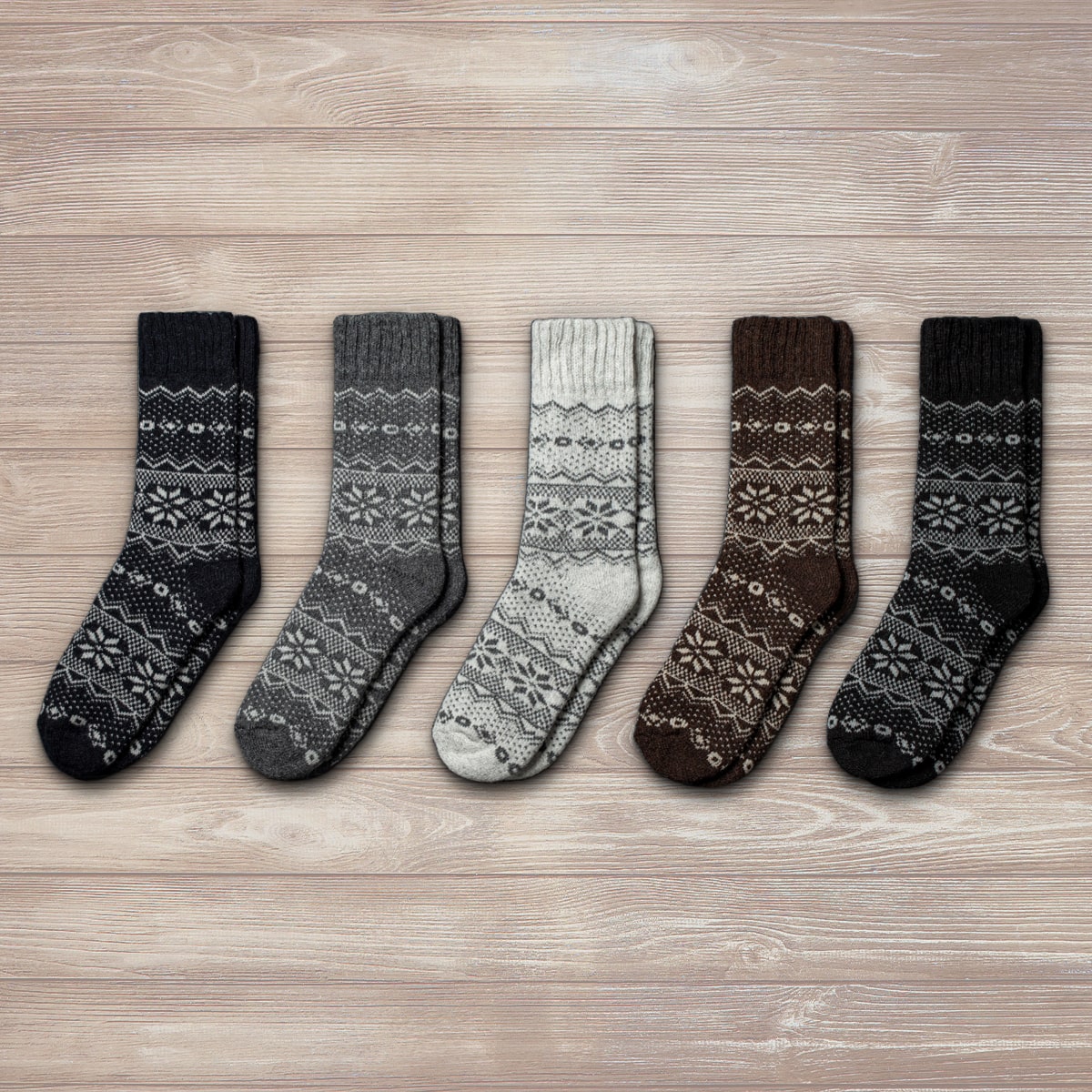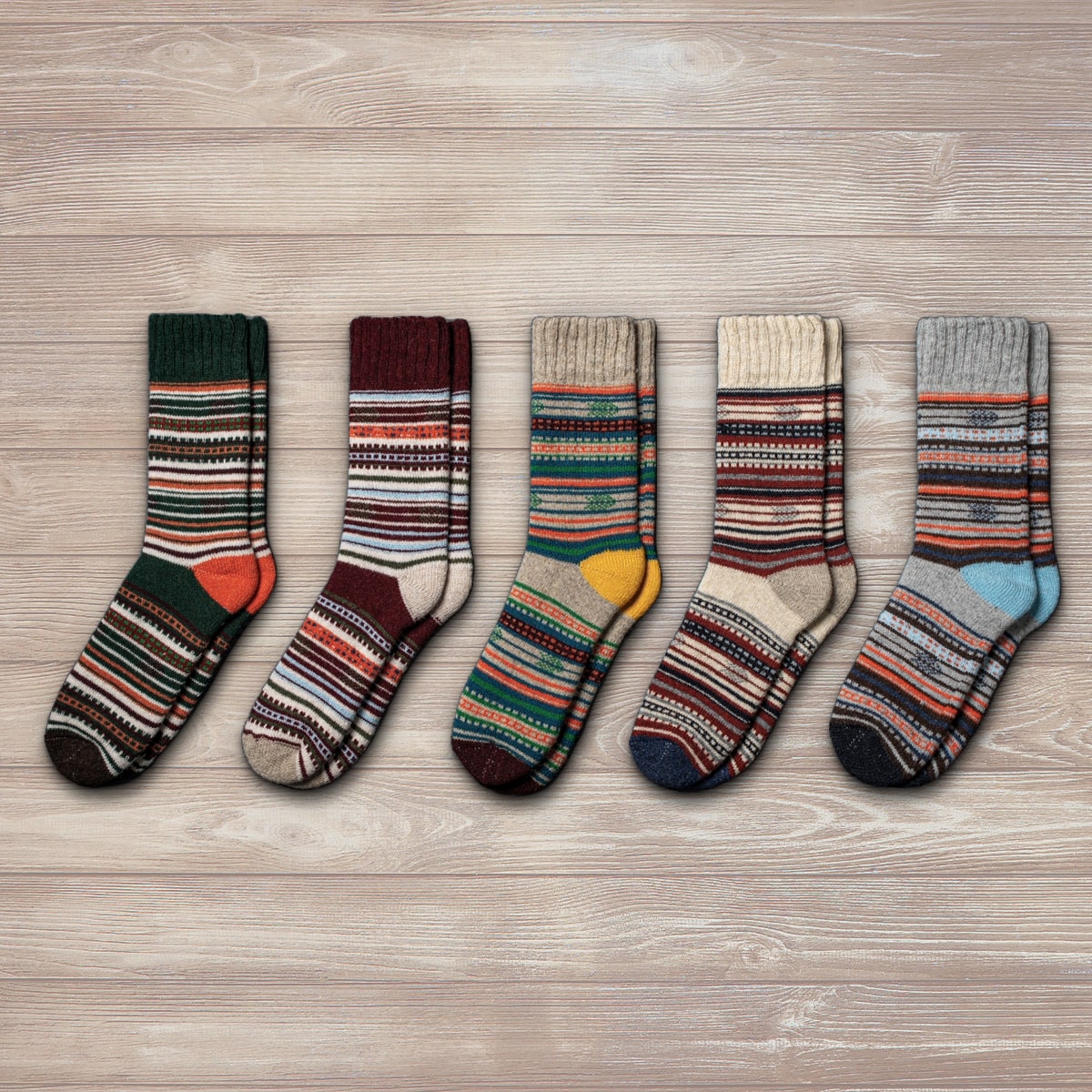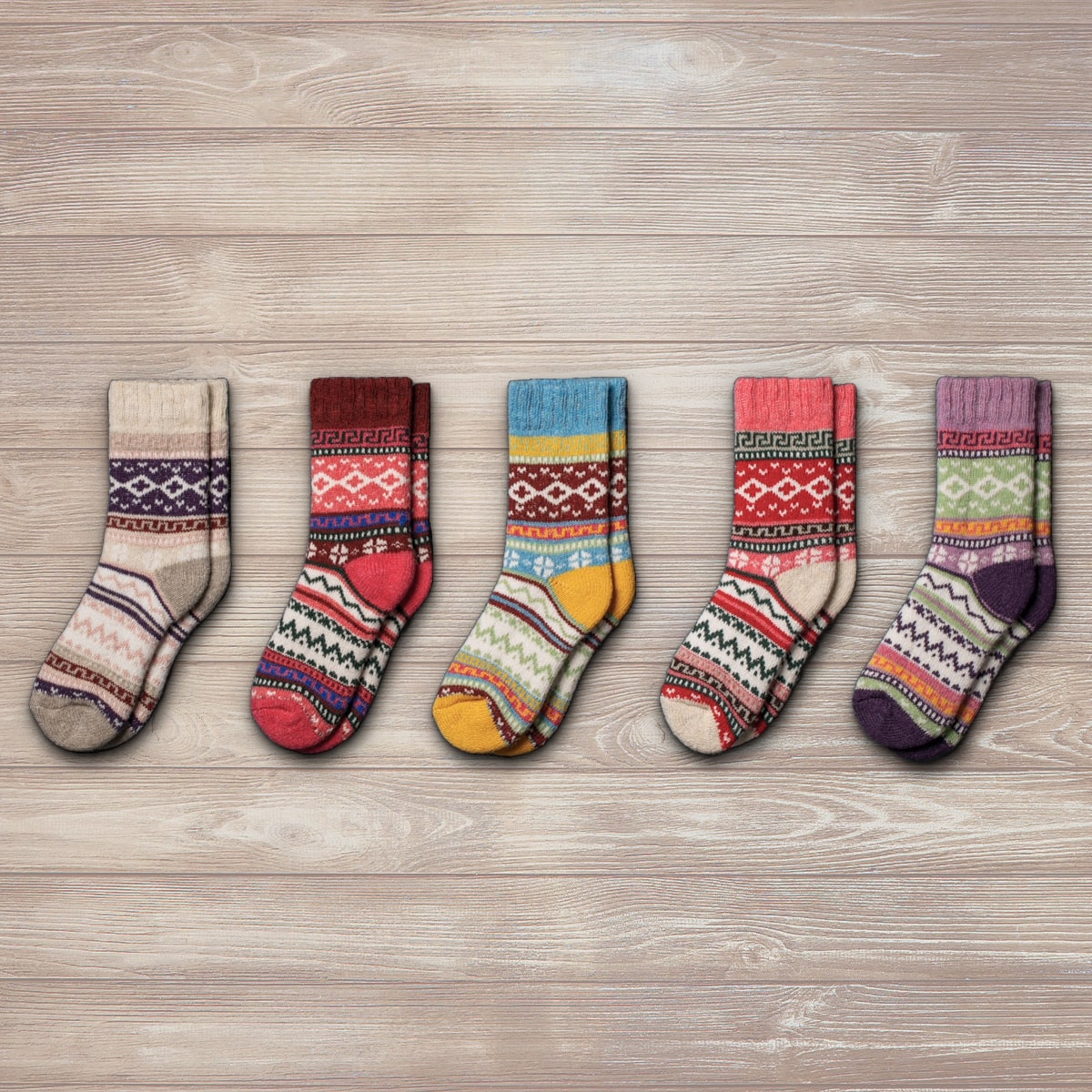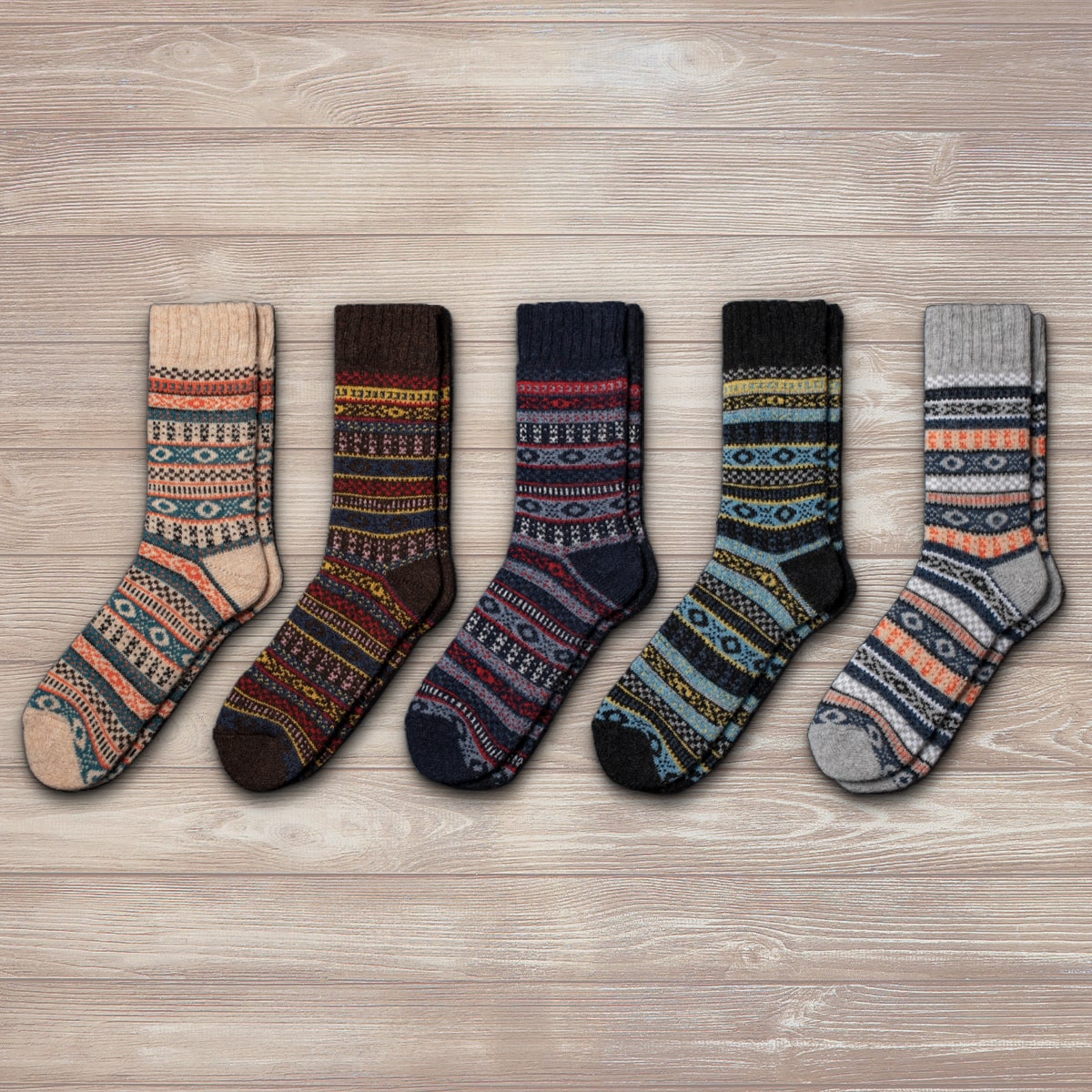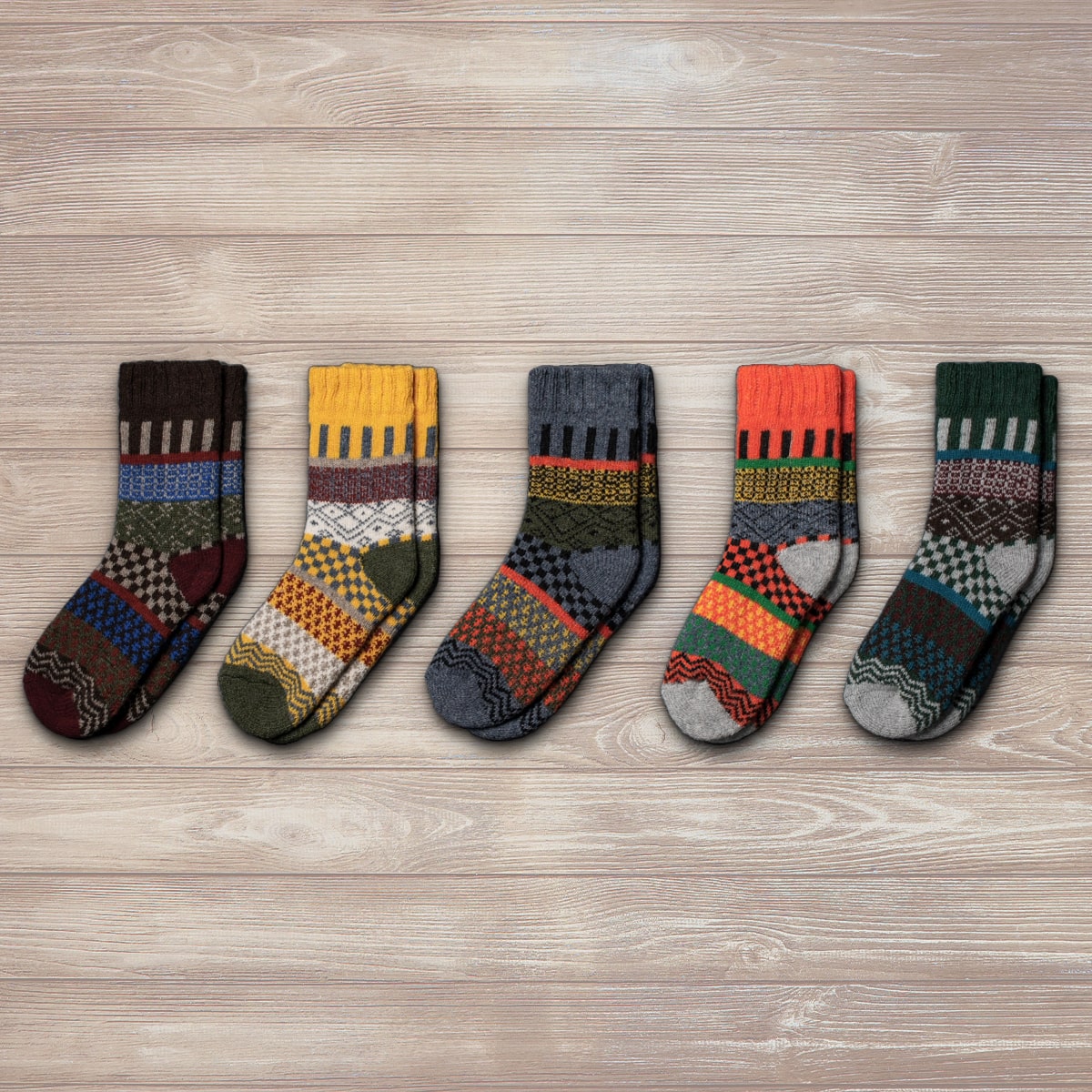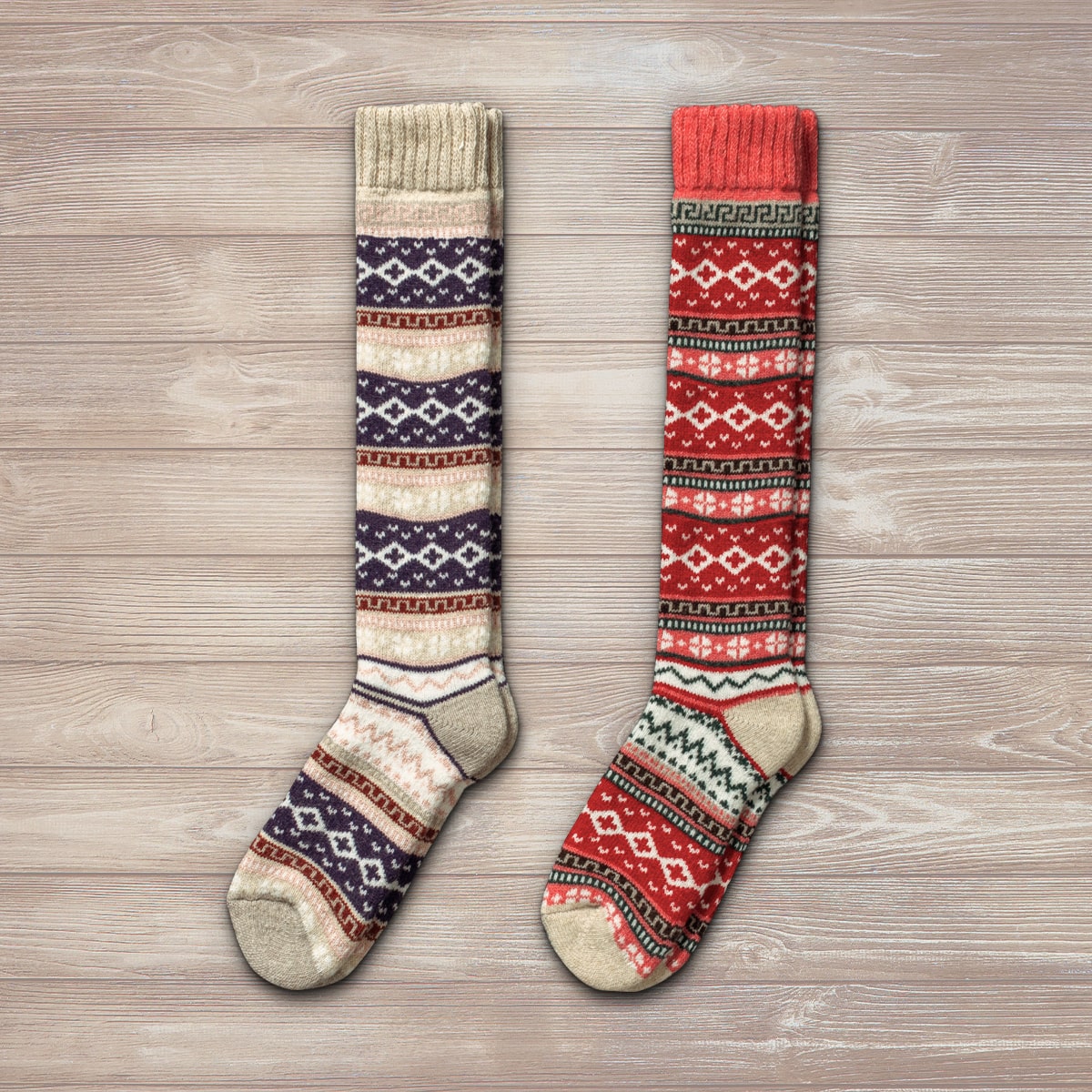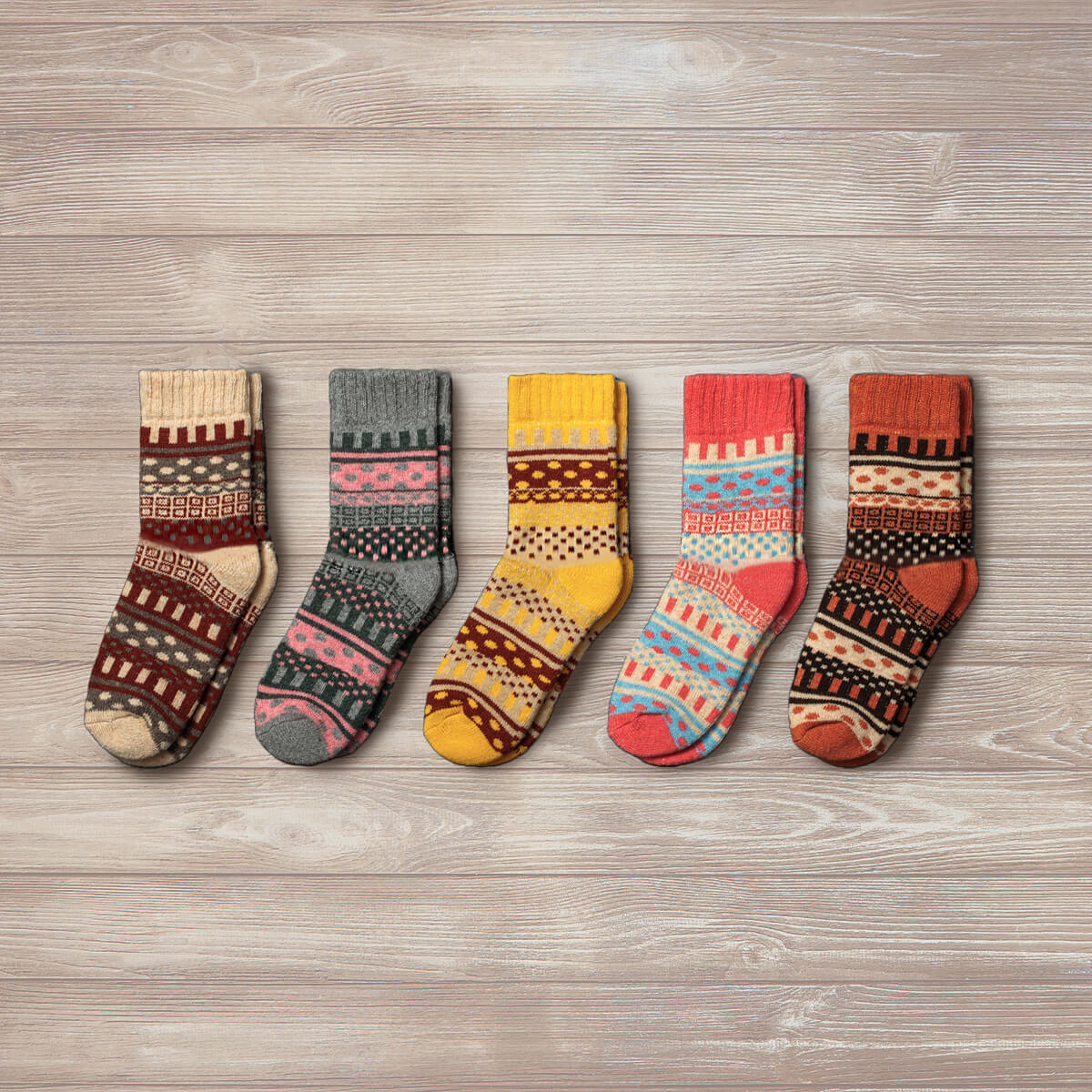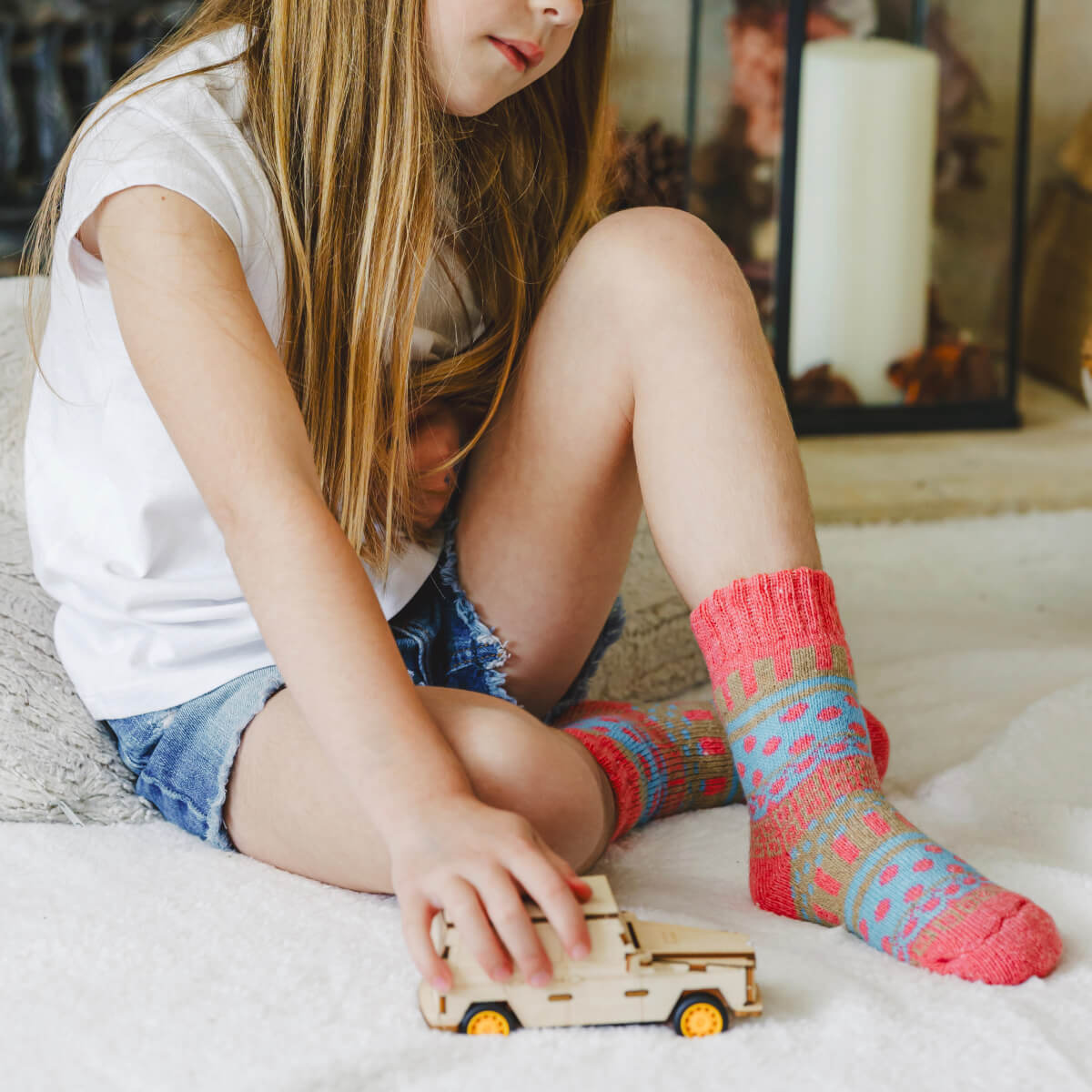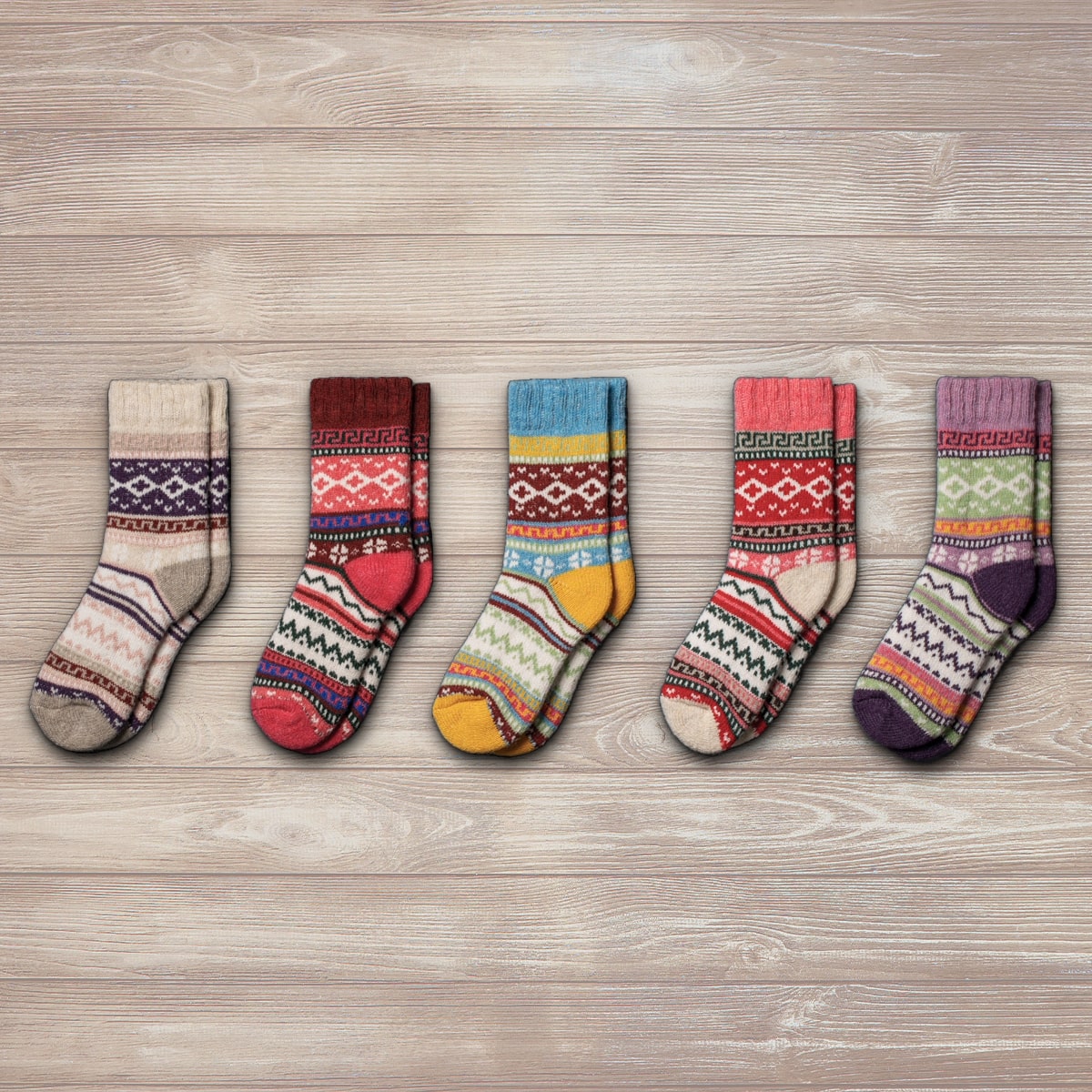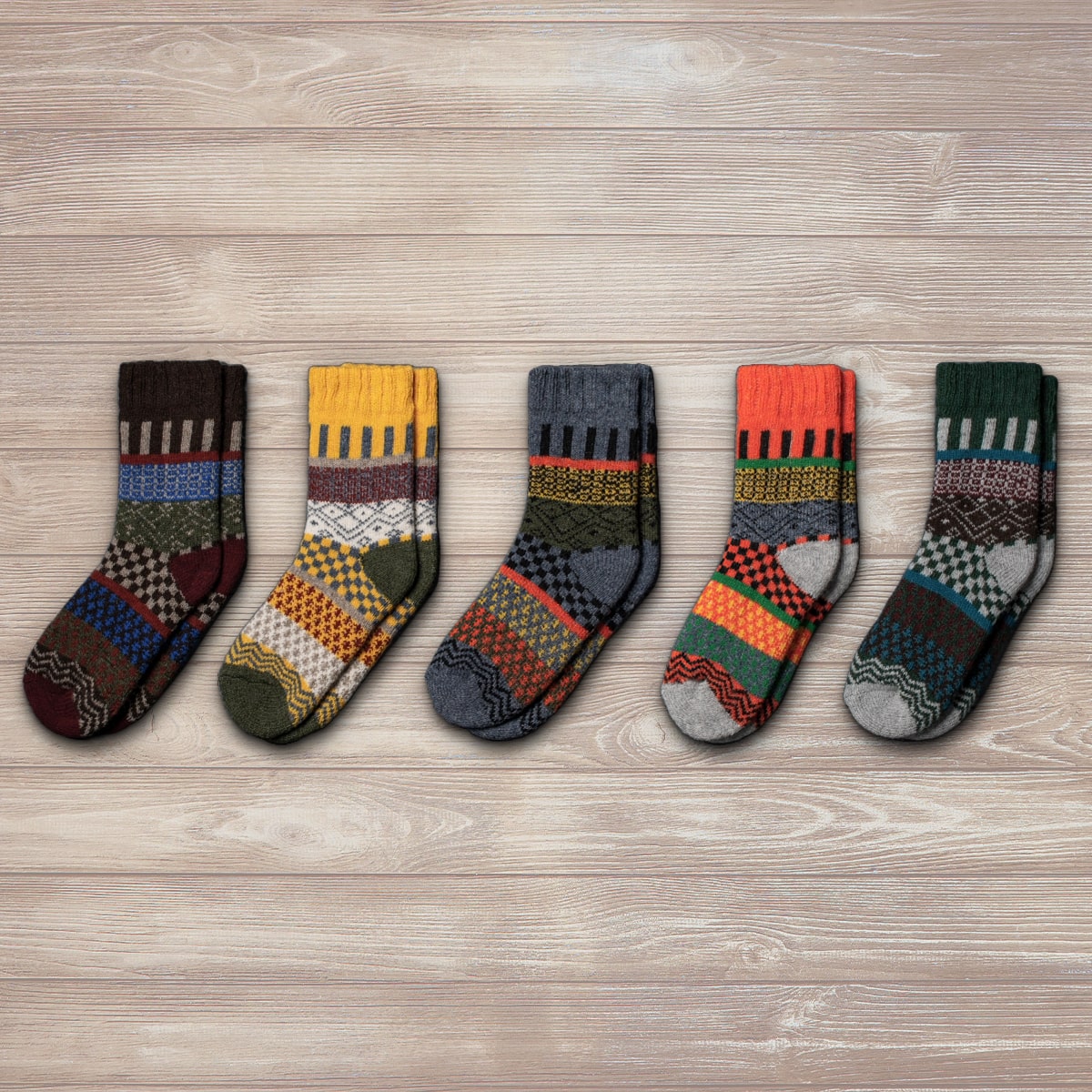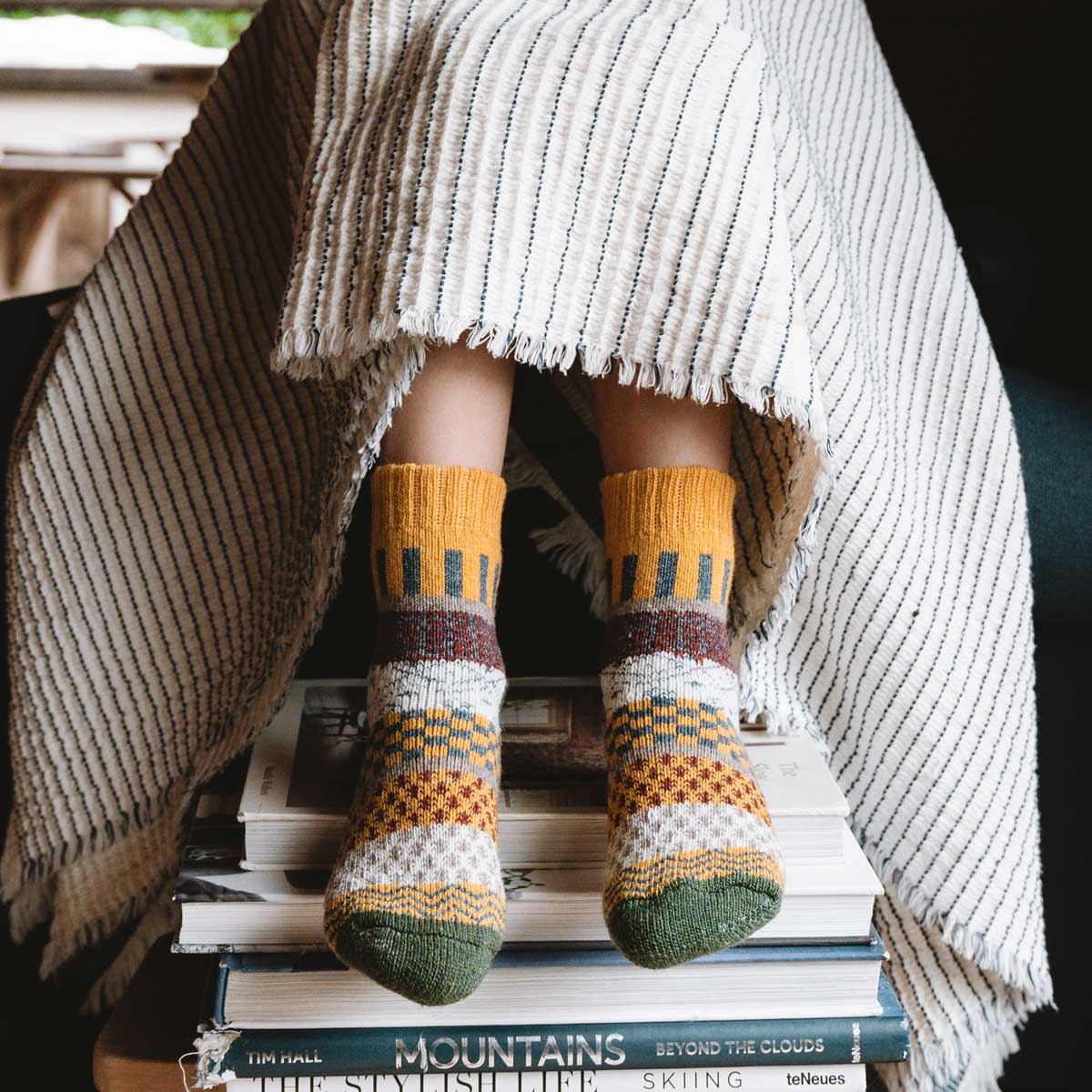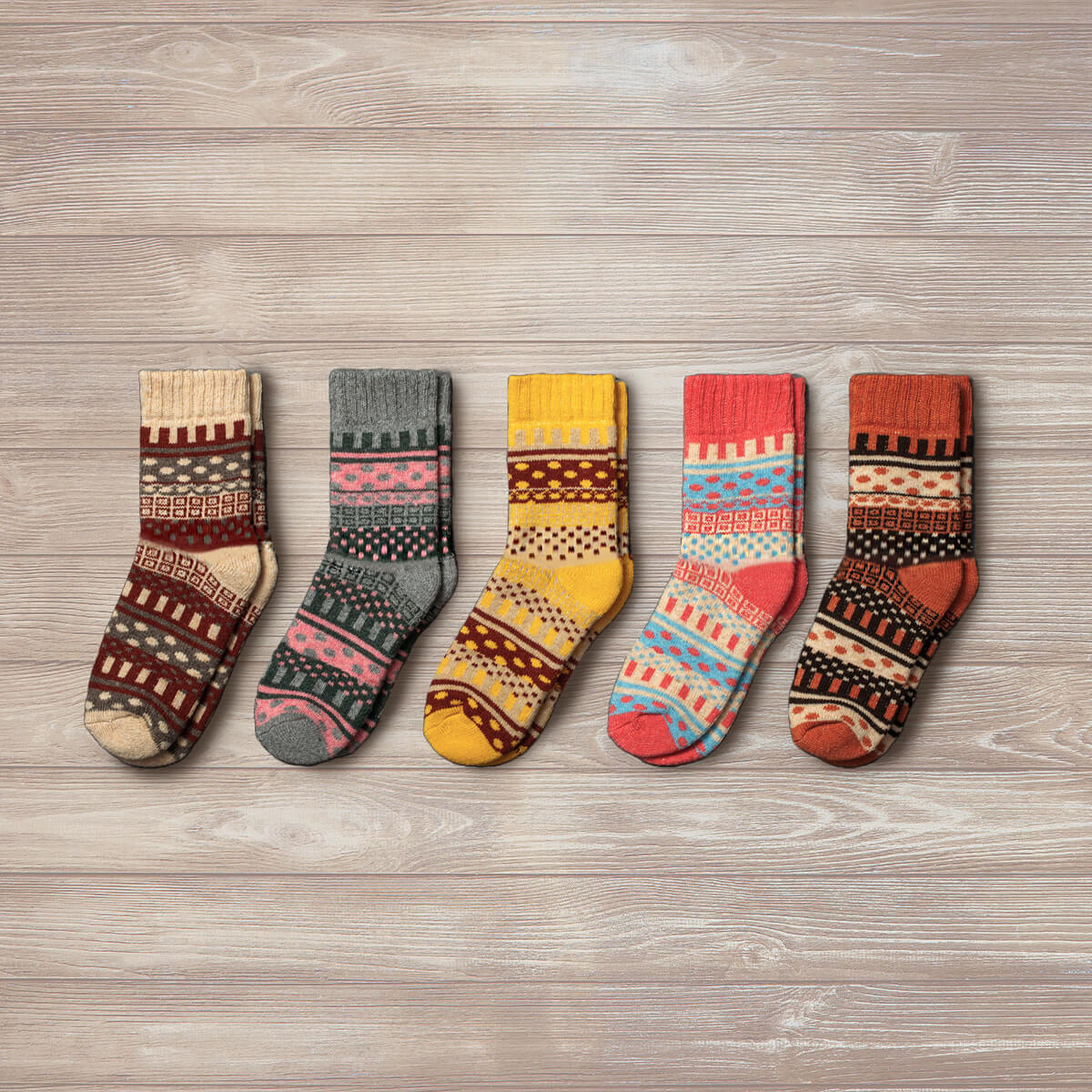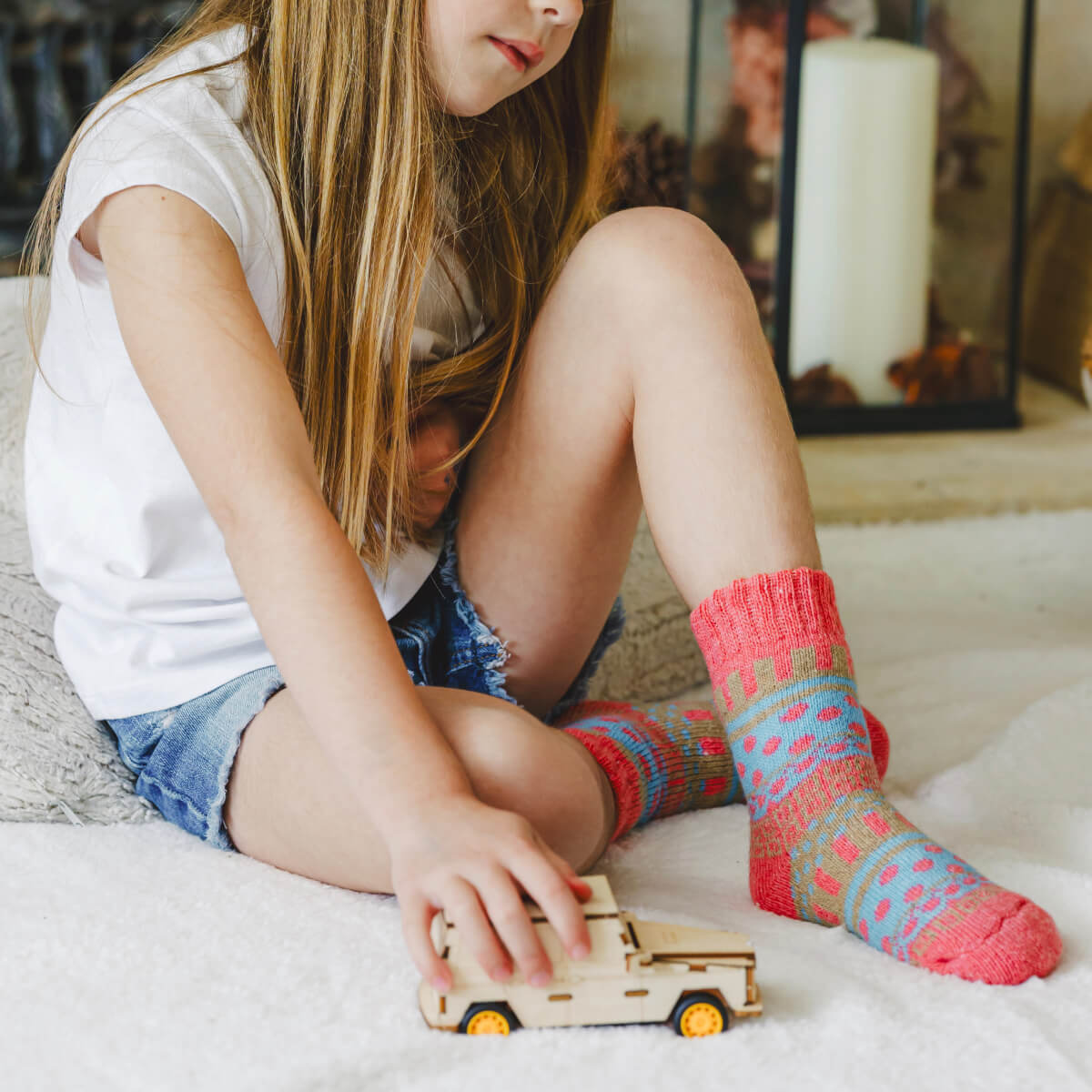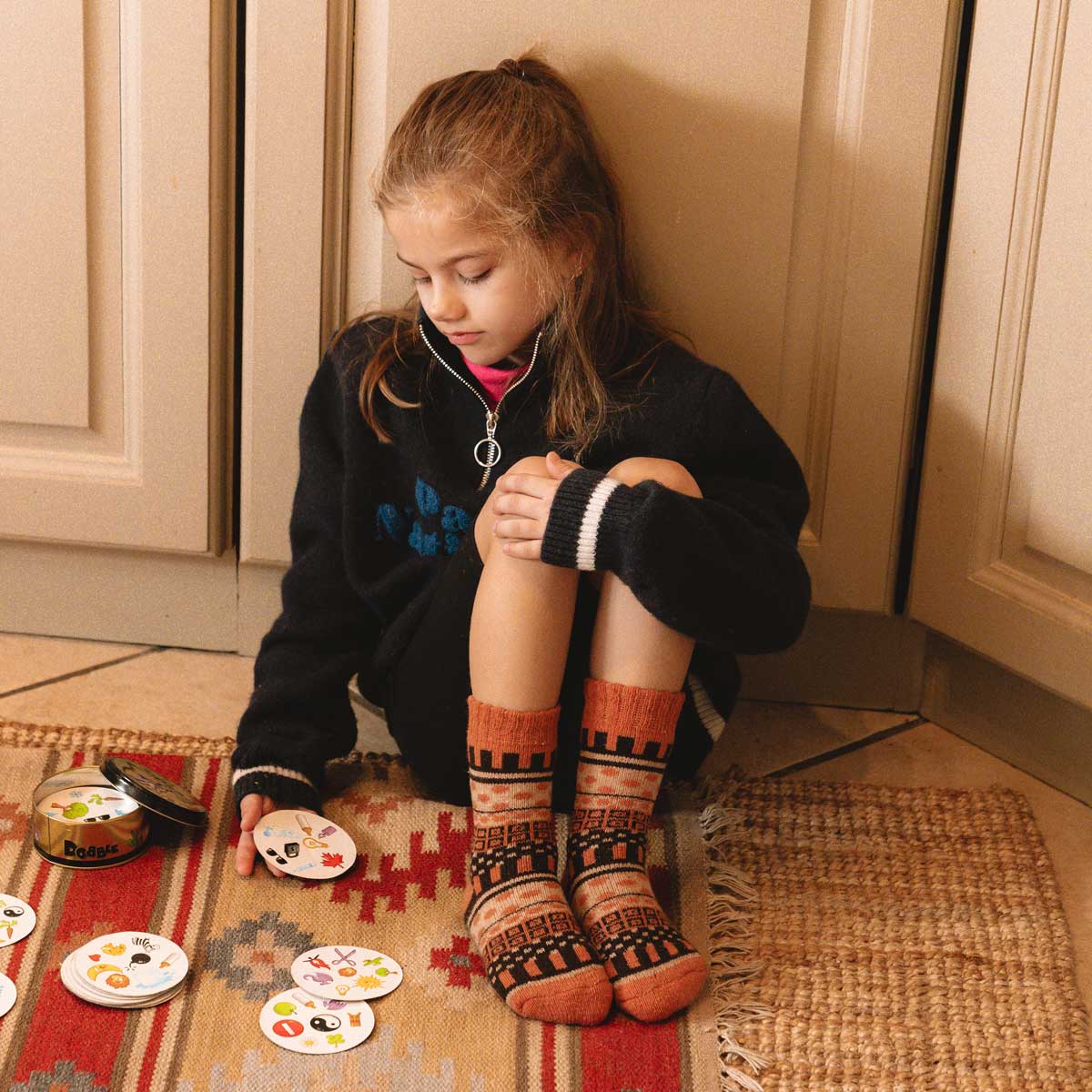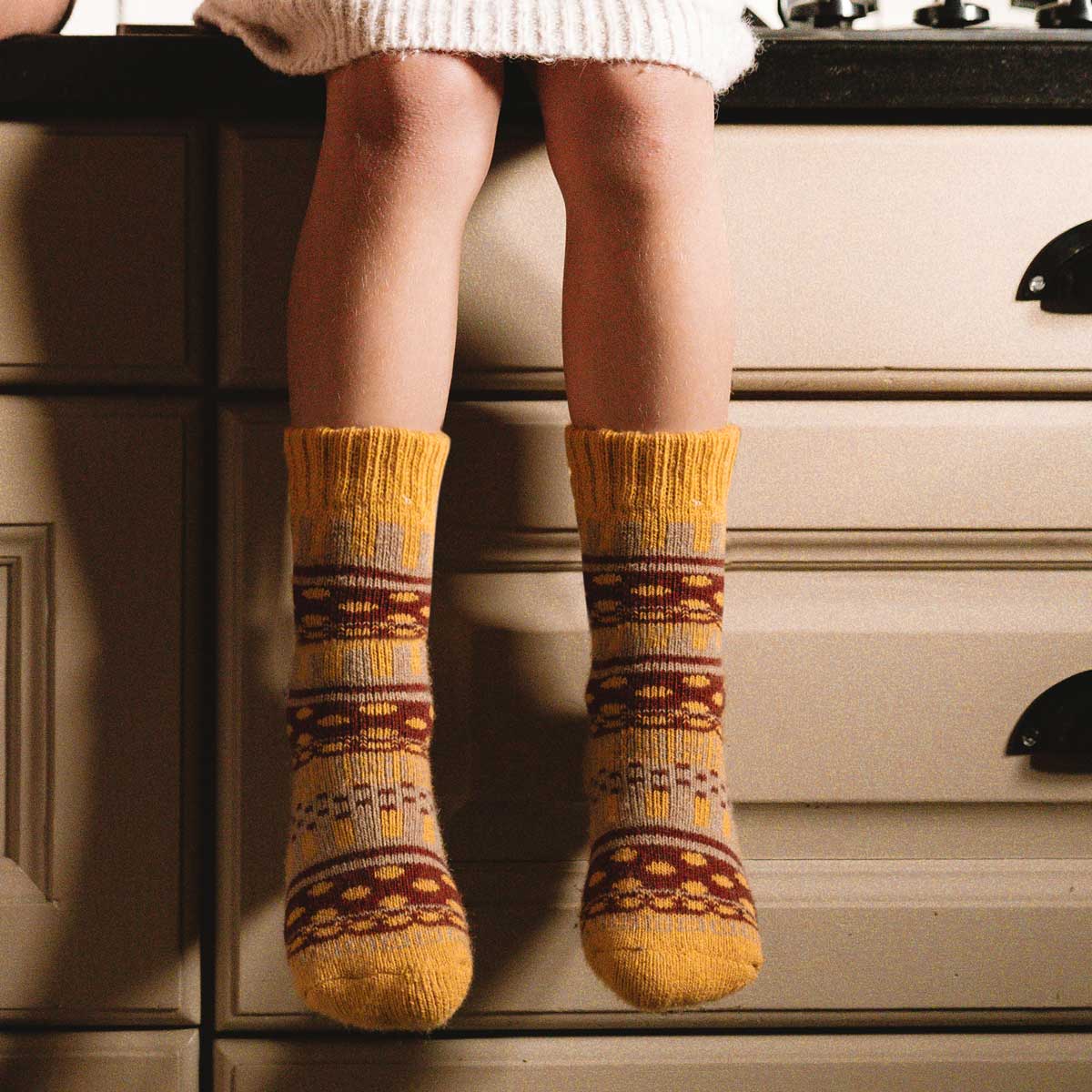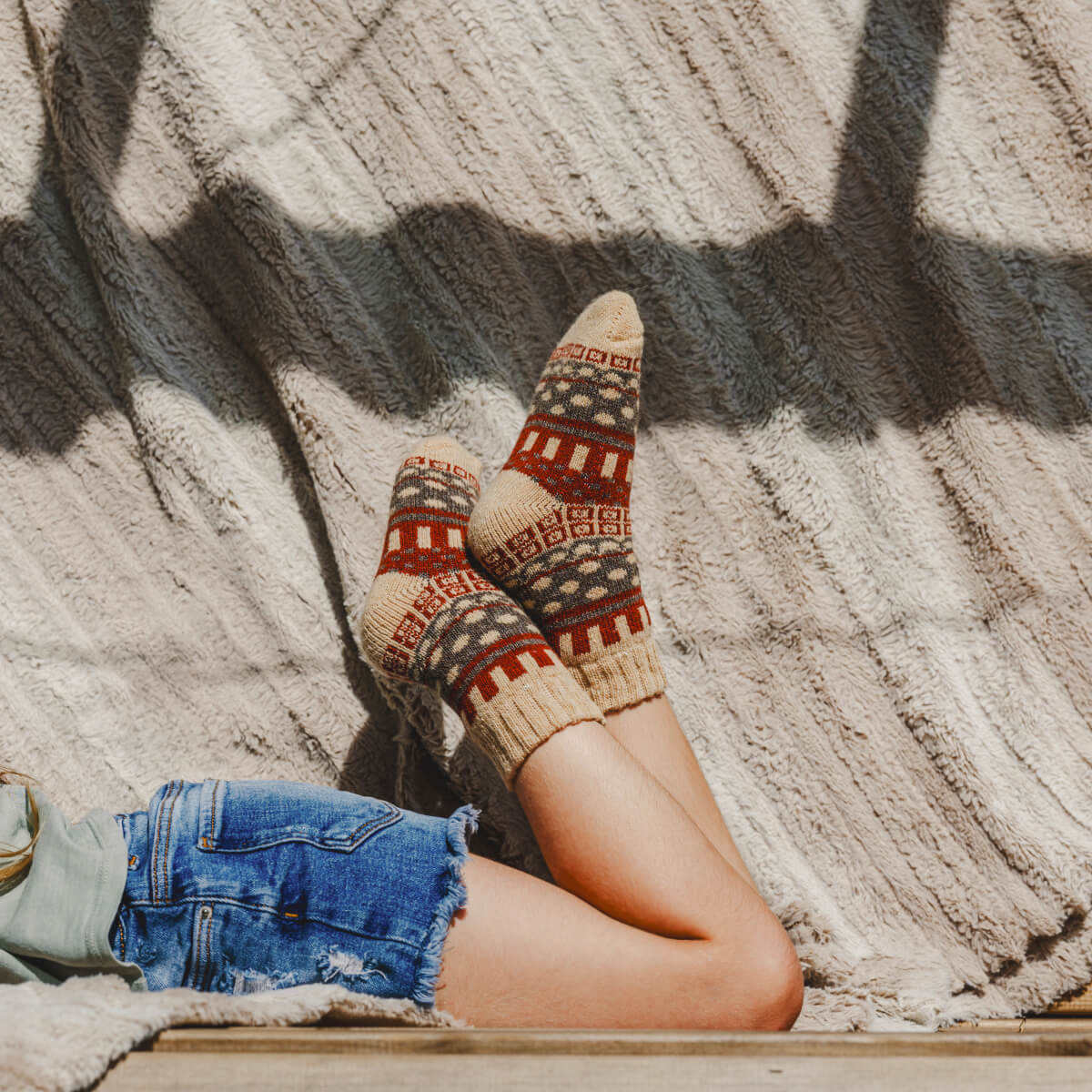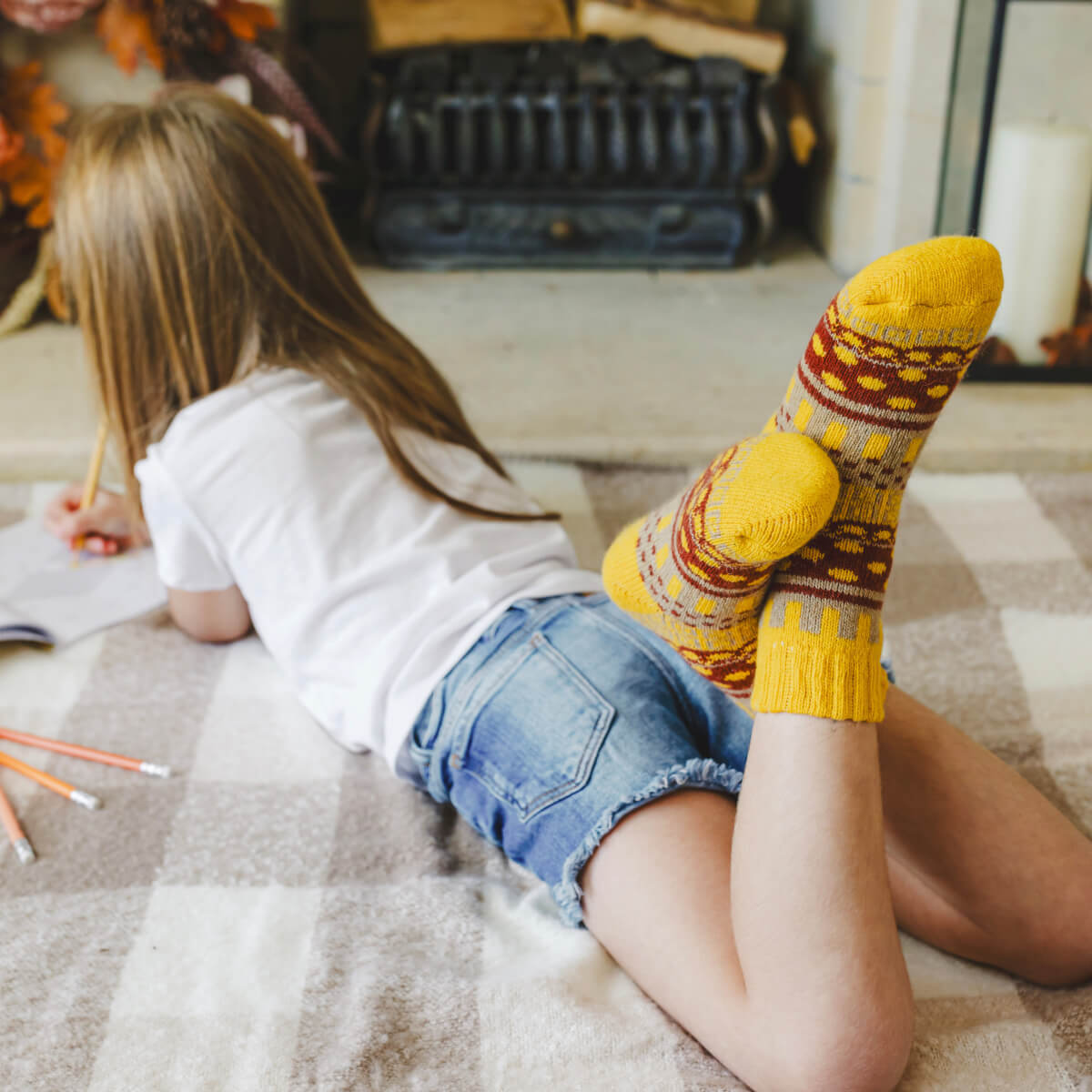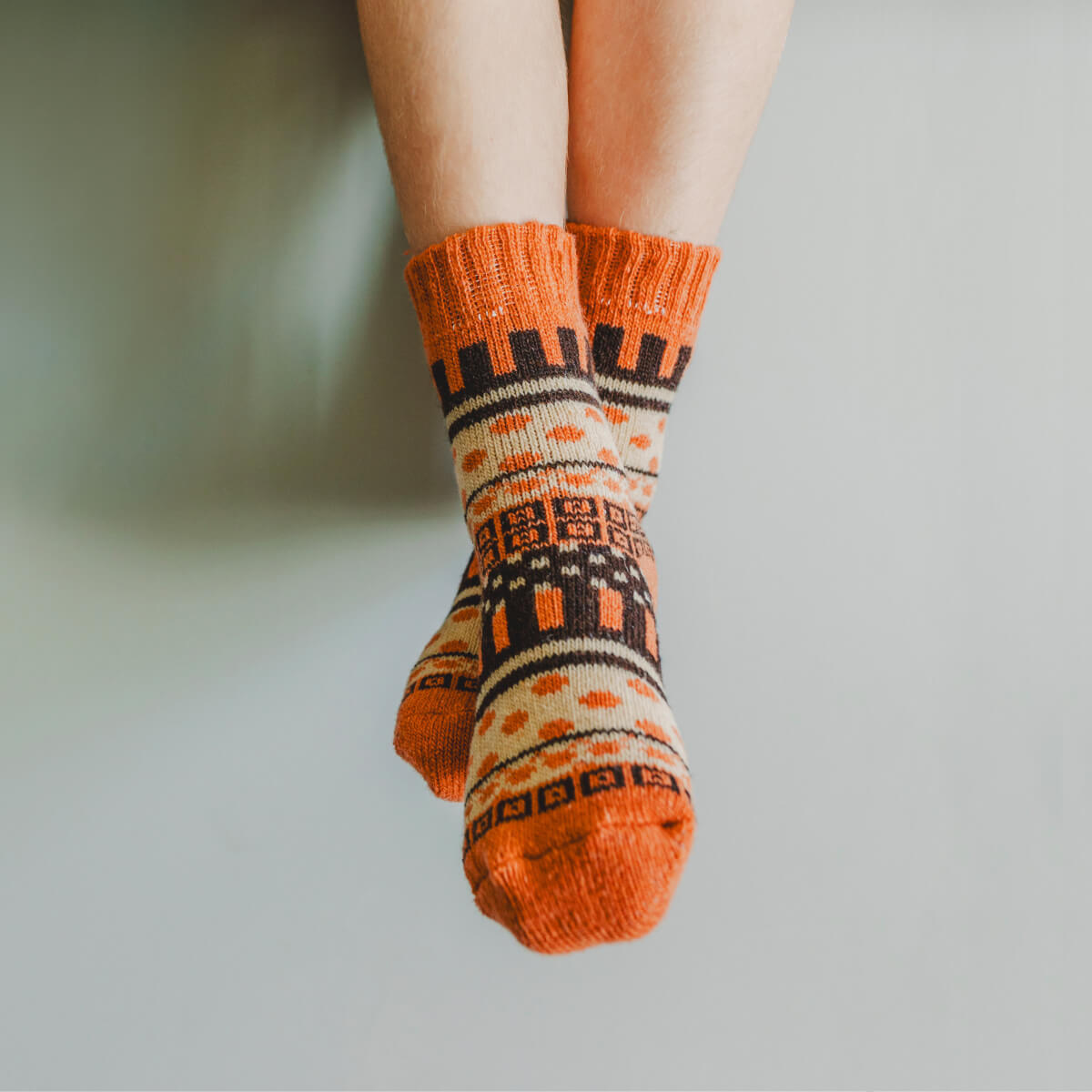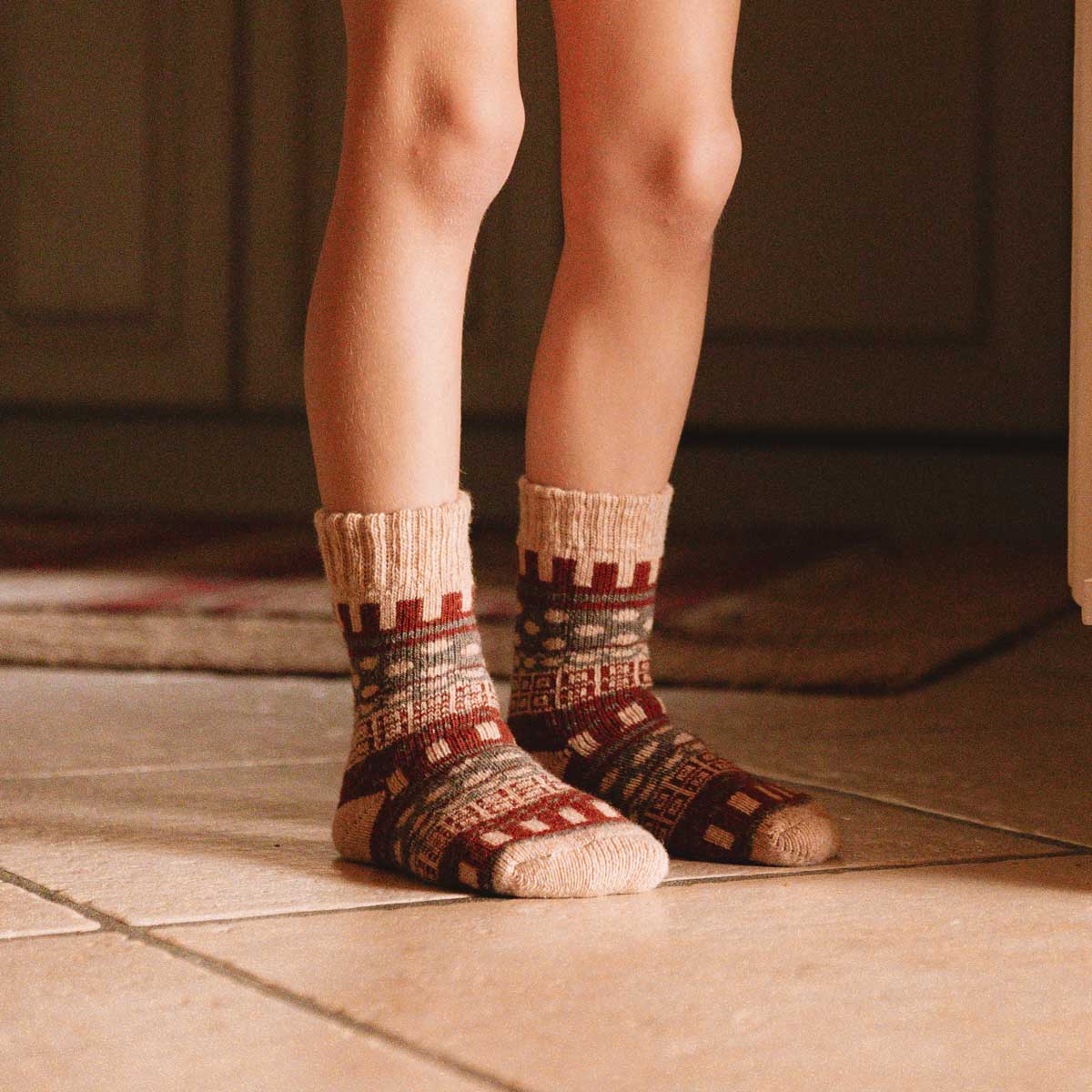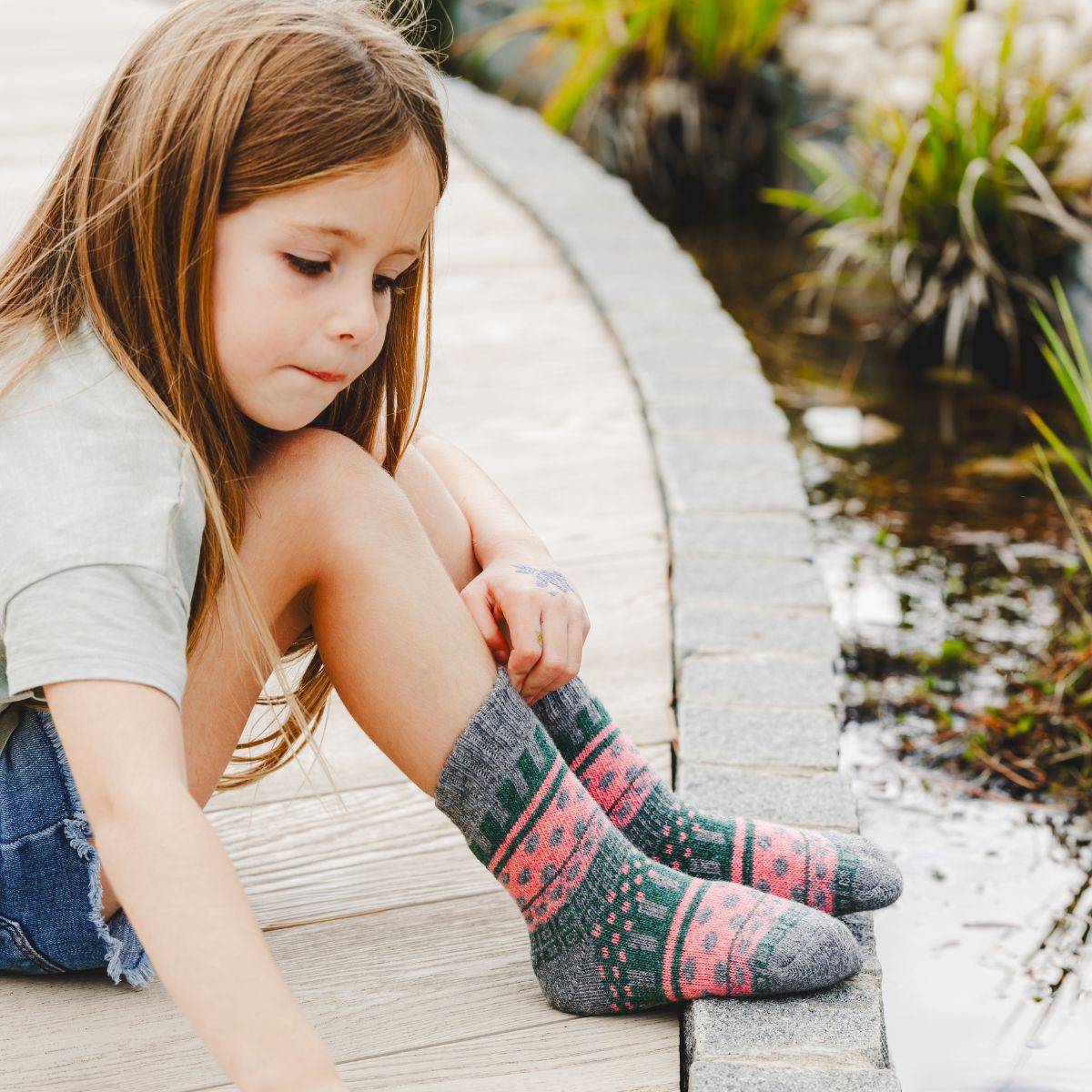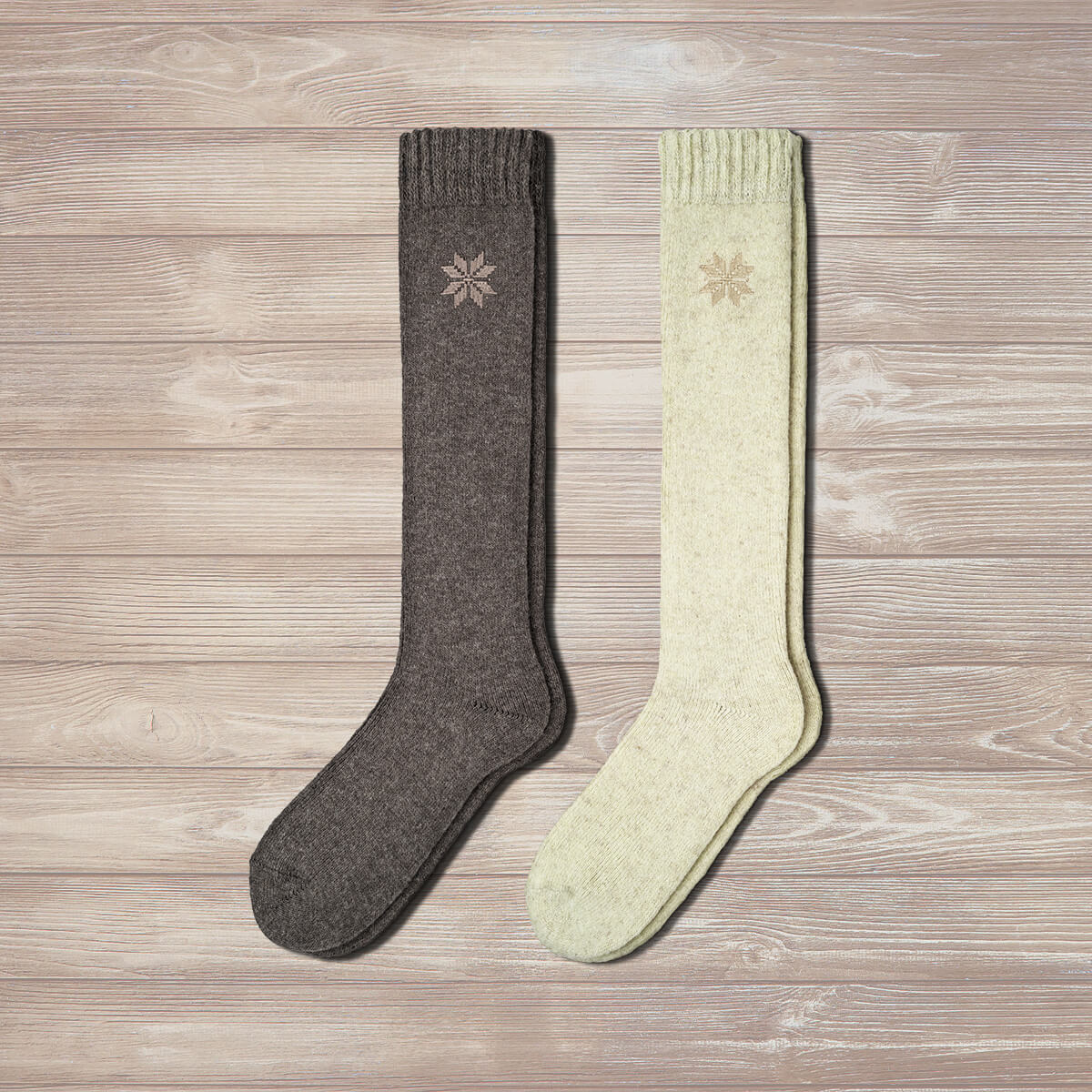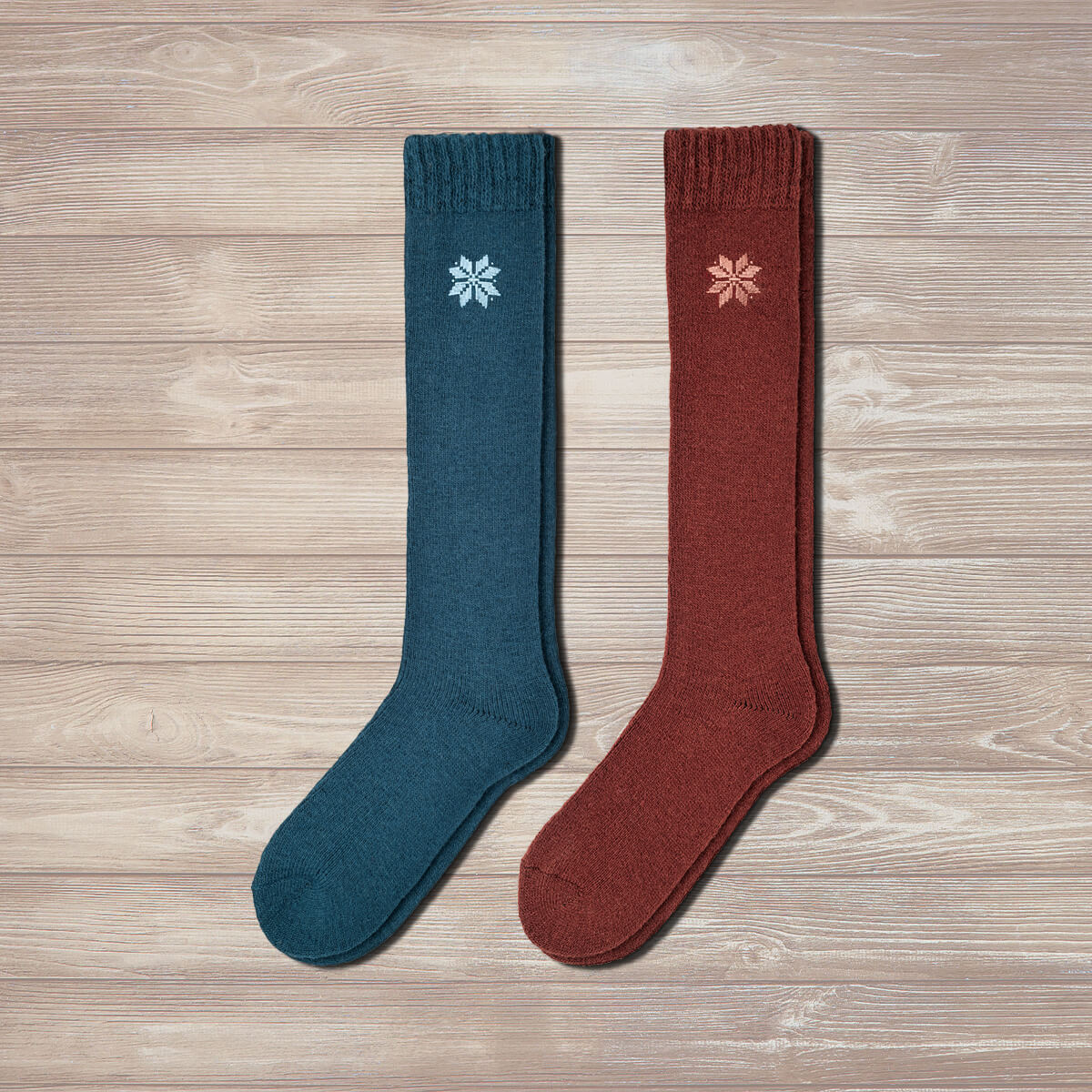Your Cart is Empty

Stinky Feet? Get rid of the smell with Merino wool socks
9 min read
This article explores the causes of smelly feet and how to address this common issue for better foot health. Smelly socks are typically the result of bacterial growth in damp environments created by sweat in shoes. While stinky feet are common, they can be managed with simple hygiene routines. The article offers practical tips to avoid foot odor, such as choosing breathable shoes, replacing insoles, and ensuring shoes and insoles are thoroughly dry between wears. It emphasizes the importance of moisture-wicking socks, like those made from Merino wool, which help prevent the buildup of bacteria
The Impact of Smelly Socks on Foot Health

Apart from being an unpleasant sensory experience, having smelly socks makes a lot of people raise concerns about their feet’s health. While a strong smell can sometimes be a telling sign indicating a bacterial infection, smelly socks, and feet are usually quite common and can easily be treated at home by incorporating a few simple extra steps in your hygiene routine.
After all, your feet possess about 250,000 sweat glands. If you wear shoes for most of the day, which most people do, the damp conditions inside that area favor lots of bacteria to grow and thrive. These bacteria can either already be a part of your body’s natural microbiome or end up on your body from the external environment.
Even though there is a certain stigma around discussing topics regarding body odors, bromodosis – the medical term for malodorous feet – affects around 1 in 6 people within the population of the United States, according to an assessment made by the Institute for Preventive Foot Health.
How to Avoid Foot Odor while Wearing ShoesAt the end of the day, although bromodosis can be quite a pestering matter, no one wants to spend a fortune on treatments or to religiously have to follow intricate routines to be able to address it. Luckily, though, the answers to this issue are quite simple, and they start exactly where you’d expect them to – your shoes and your socks.
For one, look for shoes that can provide the necessary breathability for your feet, such as those with mesh panels, and definitely avoid anything synthetic. In addition, replacing your insoles every now and then can also contribute to smell reduction, especially if those insoles are particularly designed to have antibacterial properties. Another crucial aspect is to let your shoes and insoles dry out completely before wearing them again – that is, try to avoid wearing the same pair of shoes on consecutive days, if possible.
As far as socks go, look for pairs made from moisture-wicking materials, such as Merino (we’ll extend on the benefits of this type of wool later in this article). The good part about socks is that they’re easy to change and wash, which helps to prevent the buildup of bacteria.
What Causes Smelly Socks?
As previously mentioned, your feet are denser with sweat glands than any other part of your body. Wearing shoes and socks throughout the day helps create a closed environment that can keep moisture trapped, and humidity is precisely what bacteria need to thrive.
But how exactly do those bacteria produce smell in the first place? The explanation is quite simple – like any other living organism, bacteria require a source of nourishment to thrive. In their case, that source of nutrition is represented by dead skin cells and oils naturally found all over your body, but your moist feet provide the most inviting environment. Feeding on those dead skin cells and oils means digestion has to take place, and, as we know, all digestive processes end with the excretion of waste. It is that digestive waste that specifically produces the unpleasant smell on your feet that you’re trying to get rid of.
Even though the presence of unpleasant foot odors is a common and natural occurrence for everyone and shouldn't generally raise concerns about underlying health problems, certain health conditions can and do worsen this issue. One such health condition is tinea pedis, more commonly known as athlete’s foot, which is a fungal infection that occurs between your toes due to excess moisture and produces an itchy rash. Another condition that favors an excessive amount of sweat is what is known as hyperhidrosis.
Hyperhidrosis is a medical condition characterized by excessive sweating, often beyond what is necessary for temperature regulation. As always, it’s best to seek the advice of a medical professional if you have reasons to suspect that your feet’s odor is something that goes beyond the regular bodily functions that everyone exhibits.
How Does Merino Wool Prevent Odors?
We wouldn't blame you if you found it hard to believe that one single fabric could hold all the answers to the causes that eventually lead to unpleasantly smelling feet, but Merino just happens to be that good – let us tell you why.
This type of wool gets its name from the (Merino) sheep it grows on. However, Merino wool isn't that scratchy, itchy type of wool you might be accustomed to. In fact, it is a lot finer than what you're typically used to when compared to human hair. Merino fibers have a diameter three times smaller than that of human hair, thus making it a comfortable fabric that feels soft and cozy against your skin. Being a natural fiber also means that the chances for it to interact strangely with your skin (i.e., rashes and other such reactions) are much lower, making Merino socks an overall great option, whether we're talking about simple day-to-day movement or sustained outdoor physical activity. Here are the reasons why this type of wool can help you prevent the issue of malodorous feet:
Moisture-wicking propertiesBeing inherently breathable, this fabric aids in moving moisture away from your feet as vapor when they become damp due to activity. This prevents the moisture from turning into sweat. Compared to other fabrics that soak up your feet's moisture – leaving it up to your own body to heat that moisture up and eventually evaporate it – Merino wool does it all for you, meaning you can stay dry and stress-free no matter your current activity.
Temperature regulationEvaporative cooling is a natural process your body uses to cool down when it gets hot. It works like this: when you're active or the weather is warm, your body sweats to release heat and maintain a comfortable temperature. This sweat evaporates (turns into vapor) on your skin, taking away some of the heat with it, which helps you feel cooler.
Merino wool is great because it can capture this sweat in its vapor form, helping to control the amount of sweat produced and keeping you feeling cooler and more comfortable. So, Merino socks help your feet with this natural cooling process, making them a smart choice for staying comfy and fresh during physical activities or in warm conditions.
Odor ResistanceThe aspect of odor resistance is basically a result of the moisture-wicking and thermoregulatory properties working together to keep bacteria at bay. We've already established that bacteria thrive in damp environments and that sweat, which results from overheating, is what leads to a damp environment in the first place. So, with wool socks, you get two benefits: they help manage moisture, so your feet don't get too sweaty, and they naturally fight off odors. That's why they're a fantastic choice if you want your feet to stay fresh and comfortable, even on active days or in warmer weather.
The Best Socks For Smelly Feet: What To Look ForThere are a lot of brands selling Merino socks available online, so how do you know which one is the best to pick for you? What exactly should you look out for?
Product CertificationsFor one, and probably the most important aspect of them all, you should look for a brand with the proper certifications regarding their materials and supply chains. Such certificates include STANDARD 100 by OEKO-TEX, which testifies that the fabrics used by a brand do not contain any chemicals that could harm the human body. Other certifications, such as the Business Social Compliance Initiative (BSCI) and SMETA (Sedex Members Ethical Trade Audit), ensure that the supply chains do not employ exploitative methods regarding labor or sourcing materials.
Full Terry SocksAnother aspect you'd want to keep an eye out for is the type of knitting techniques employed in manufacturing those socks. Full terry socks are a type of sock that features a thicker and more cushioned texture, particularly on the inside. The term "full terry" refers to the fact that the entire interior of the sock is covered in this plush, soft material. This design provides extra comfort, warmth, and padding, making them suitable for various activities, especially in colder weather. Full terry socks are favored by those who appreciate extra cushioning and insulation for their feet.
Last but not least, find something that can be a welcome addition to your wardrobe fashion-wise, suits your style, and that you'll enjoy wearing. Opt for bold patterns and contrasting colors to add something extra to your daily outfits.
Nordic Socks Mountain CollectionLuckily, our Nordic Socks combine all of the above. We have created the Mountain Collection using only the highest quality certified Merino wool, employing the full terry knitting technique and taking inspiration from timeless Nordic motifs and color schemes in their designs. Through it, our wish is to share the amazing qualities that wool has to offer, and we can assure you that these are some of the best socks of their kind that you can find out there.
How Often Do You Need to Change and Wash Your Socks?

Regarding the washing process of your wool socks, you should know that using hot water is not advisable. This is because hot water can weaken and shrink the wool fibers and also fade colors. As such, use warm or cold water instead.
Another important thing to keep in mind when washing socks is to turn them inside out before tossing them in the wash. Doing so allows for the excess sweat and dead skin cells from your feet to be easily cleaned out, leaving your socks fresher and cleaner. This also helps prevent any potential odor buildup, which can be particularly unpleasant when wearing socks for long periods, such as when camping or hiking.
Harsh detergents or fabric softeners should be avoided when washing socks, as they can break down the material's fibers. A gentle detergent specifically designed for washing delicate fabric is a better choice. Alternatively, you can use a natural soap or even just a bit of vinegar to clean your socks.
Remember, though, that Merino socks don't need to be washed as often as other socks due to their unique fiber structure, which is definitely a plus when you want to prevent wear and tear.
When drying your wool socks, be mindful of heat exposure. The most preferable option when drying your wool socks is air drying. This can be done by hanging them on a clothesline or drying rack, which helps to prevent any stretching or shrinkage that might occur with machine drying.
If you want to learn more about how to care for your pair of wool socks properly, you can find a quick and easy (yet comprehensive) DOs and DON'Ts Nordic Socks CARE GUIDE here.
Conclusion

Merino wool socks are one of a kind when it comes to keeping smelly bacteria at bay. With its remarkable moisture-wicking and thermoregulatory properties, Merino wool socks offer a reliable solution to combat foot odor. All you have to do is ensure you give them the proper care they need, and they could be your friends for years to come.
Frequently Asked Questions

Do feet smell worse without socks?
Feet can often smell worse when not wearing socks due to several factors. Socks act as a barrier between the feet and shoes, helping to absorb moisture and sweat. Without socks, moisture accumulates more directly on the skin, creating an ideal environment for odor-producing bacteria to thrive. Additionally, friction between bare feet and shoes can lead to increased sweating, exacerbating the problem. Socks, especially those made from moisture-wicking materials like cotton or Merino wool, help manage moisture, reduce bacterial growth, and ultimately minimize foot odor.
Does merino wool get stinky?
Over time, especially with prolonged and intensive use without washing, any fabric, including merino wool, can accumulate some odor. The accumulation of sweat, skin oils, and dirt can contribute to this process. Nonetheless, the beauty of merino wool lies in its ease of care. Merino wool garments typically require less frequent washing compared to synthetic materials because they don't trap odors as readily.
Can baking soda effectively combat foot odor?
Yes, baking soda can help with malodorous feet. Baking soda, also known as sodium bicarbonate, has natural odor-neutralizing properties. It works by absorbing and neutralizing unpleasant odors caused by bacteria and sweat. If odor persists despite using baking soda, consult a healthcare professional for further evaluation and guidance.
Get Exclusive offers
Join our email list and get exclusive offers and 10% off on first order.
Recent Articles
-
 Why are Nordic socks a must-have for every season? September 24, 2024
Why are Nordic socks a must-have for every season? September 24, 2024 -
 How to Choose the Best Winter Socks for Kids September 24, 2024
How to Choose the Best Winter Socks for Kids September 24, 2024 -
 Why should you invest in high-quality socks for your kids? August 06, 2024
Why should you invest in high-quality socks for your kids? August 06, 2024 -
 Best Materials for Knee High Socks August 06, 2024
Best Materials for Knee High Socks August 06, 2024 -
 Best Socks to Pair with Colorful Shoes: A Nordic Socks Style Guide August 06, 2024
Best Socks to Pair with Colorful Shoes: A Nordic Socks Style Guide August 06, 2024
Enjoying this content?
Sign up to get notification about new articles, special offers and new products.
Knee High Socks
NEWS & UPDATES
Get the newsletter to receive direct information about offers and new products.
Where are we shipping to?
Purchase from your country’s website.
It’s the fastest way to pamper your feet with comfy socks.
other countries
English






